Tech Articles
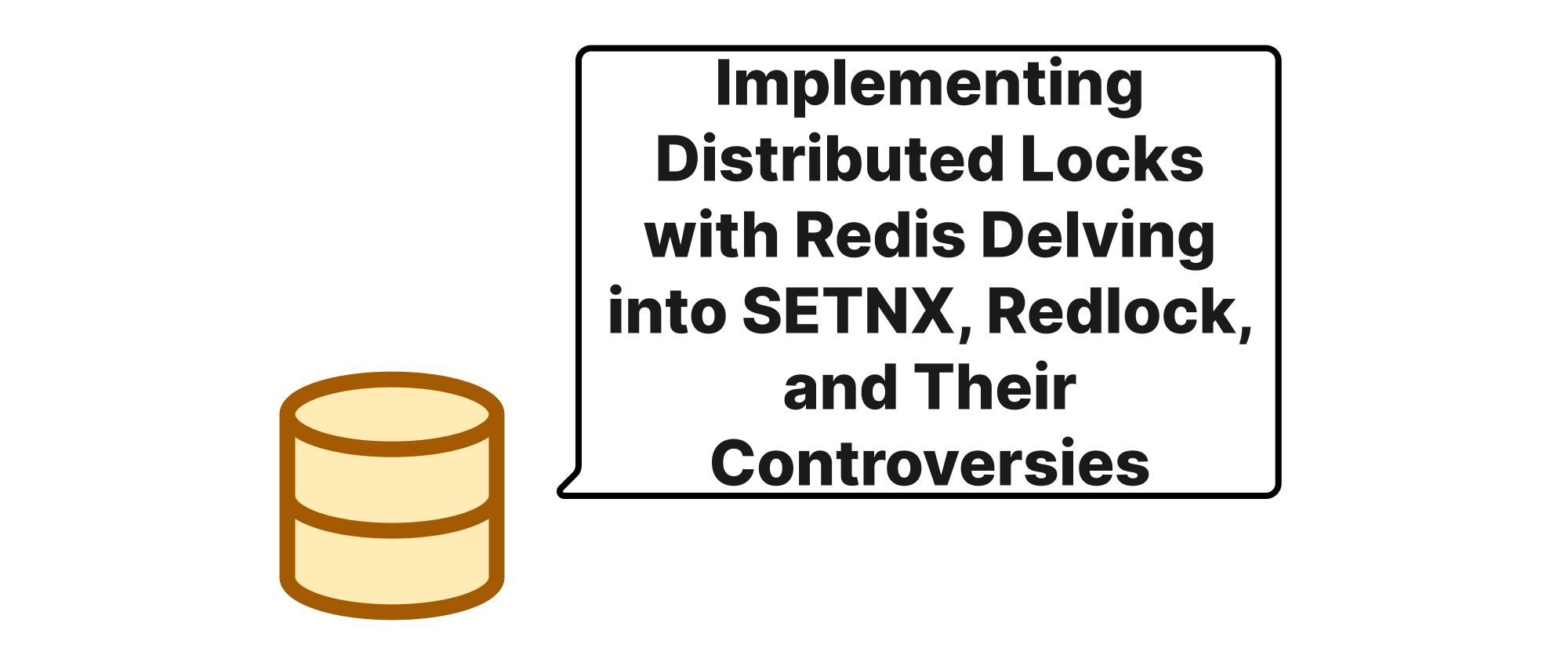
Implementing Distributed Locks with Redis Delving into SETNX, Redlock, and Their Controversies
This article explores the use of Redis for distributed locking, detailing SETNX for basic implementation, the Redlock algorithm for stronger guarantees, and the significant debates surrounding Redlock's safety and practical applicability.
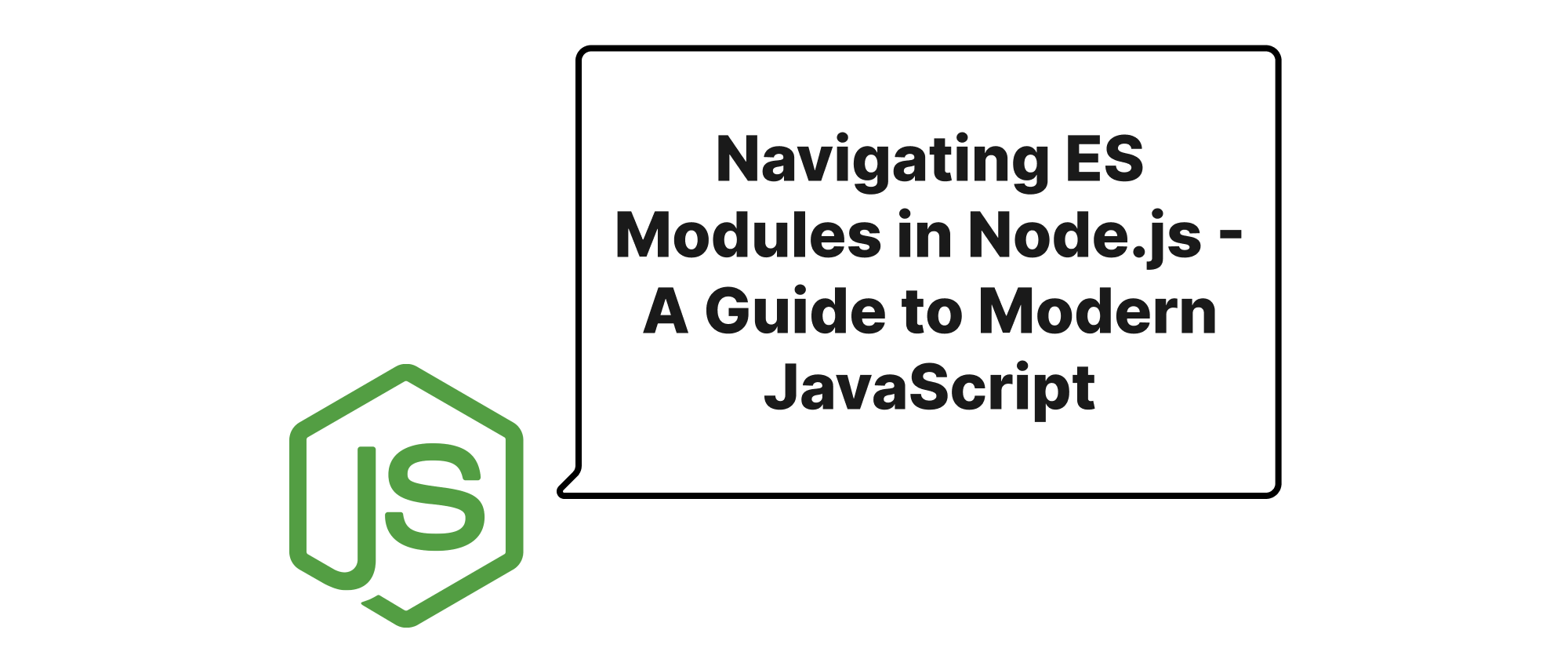
Navigating ES Modules in Node.js - A Guide to Modern JavaScript
Explore the differences between ES Modules and CommonJS in Node.js, understand the implications for development, and learn effective migration strategies to modernize your applications.
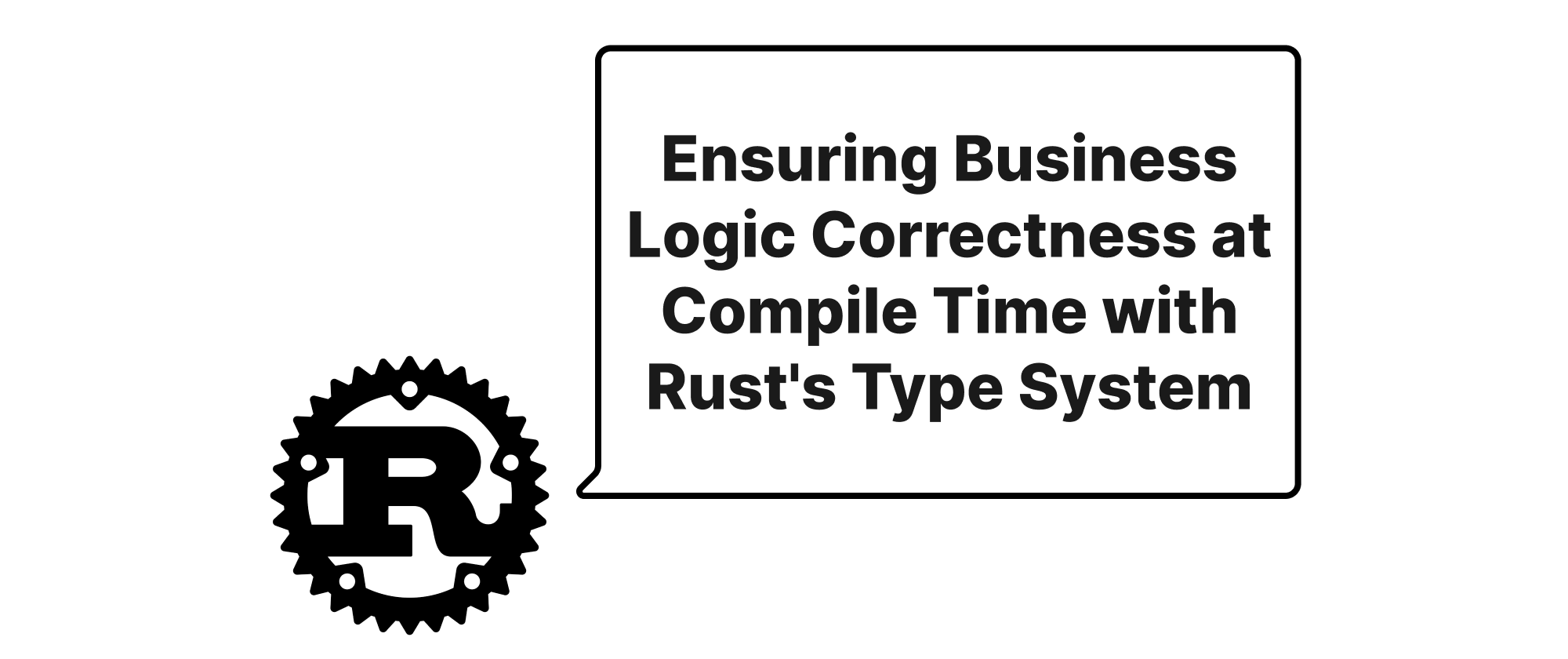
Ensuring Business Logic Correctness at Compile Time with Rust's Type System
Explores how Rust's type system, particularly through techniques like newtype patterns for typed IDs, enhances business logic correctness and reduces runtime errors.
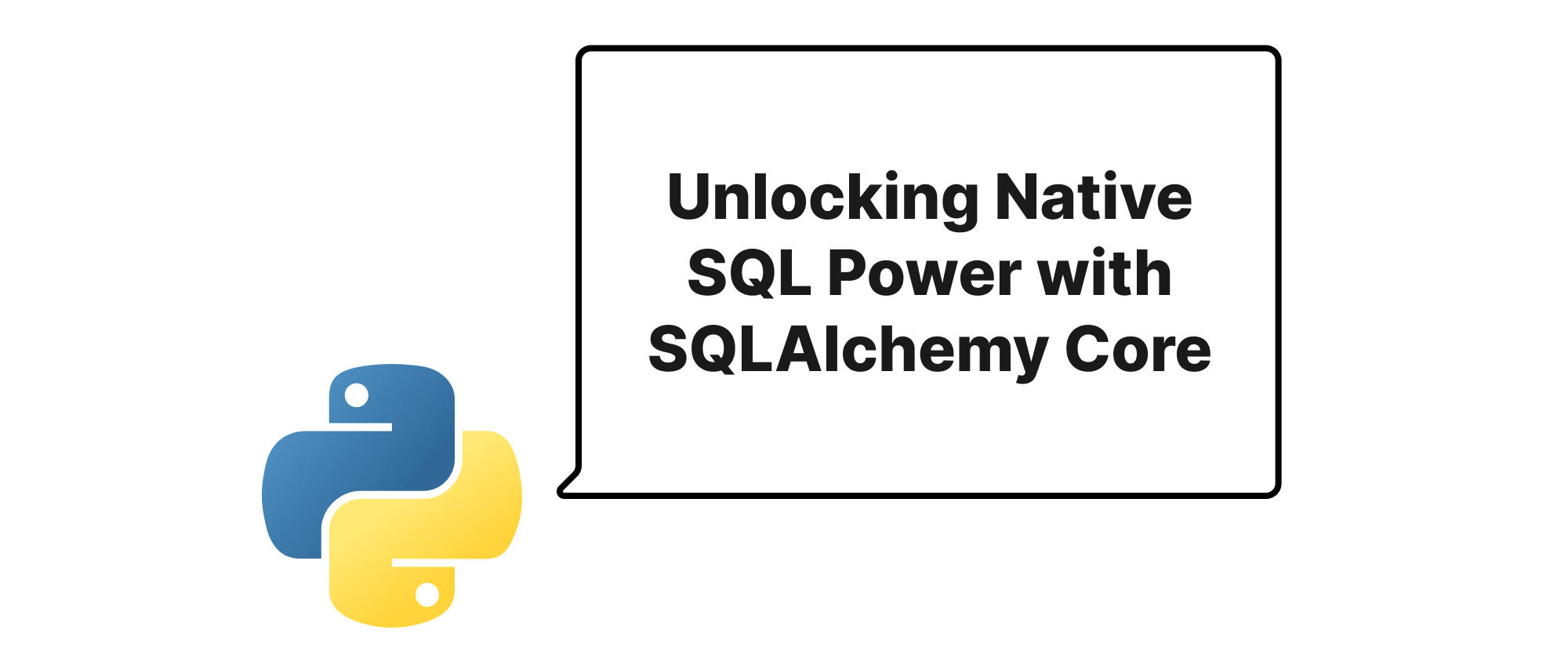
Unlocking Native SQL Power with SQLAlchemy Core
A deep dive into SQLAlchemy Core, emphasizing its capabilities beyond ORM to directly leverage native SQL for enhanced control and performance in Python applications.
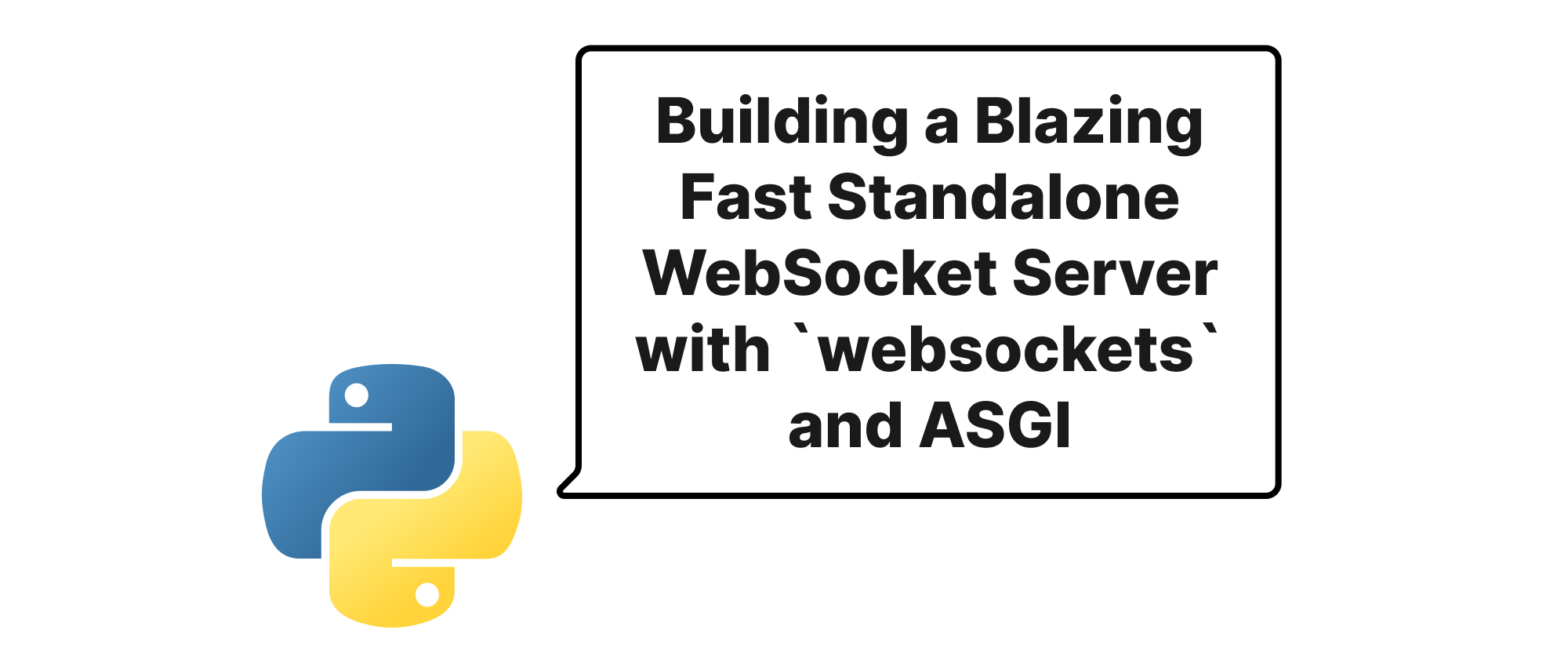
Building a Blazing Fast Standalone WebSocket Server with `websockets` and ASGI
Explore how to leverage the `websockets` library and ASGI specification to construct a high-performance, standalone WebSocket server in Python, ideal for real-time applications.
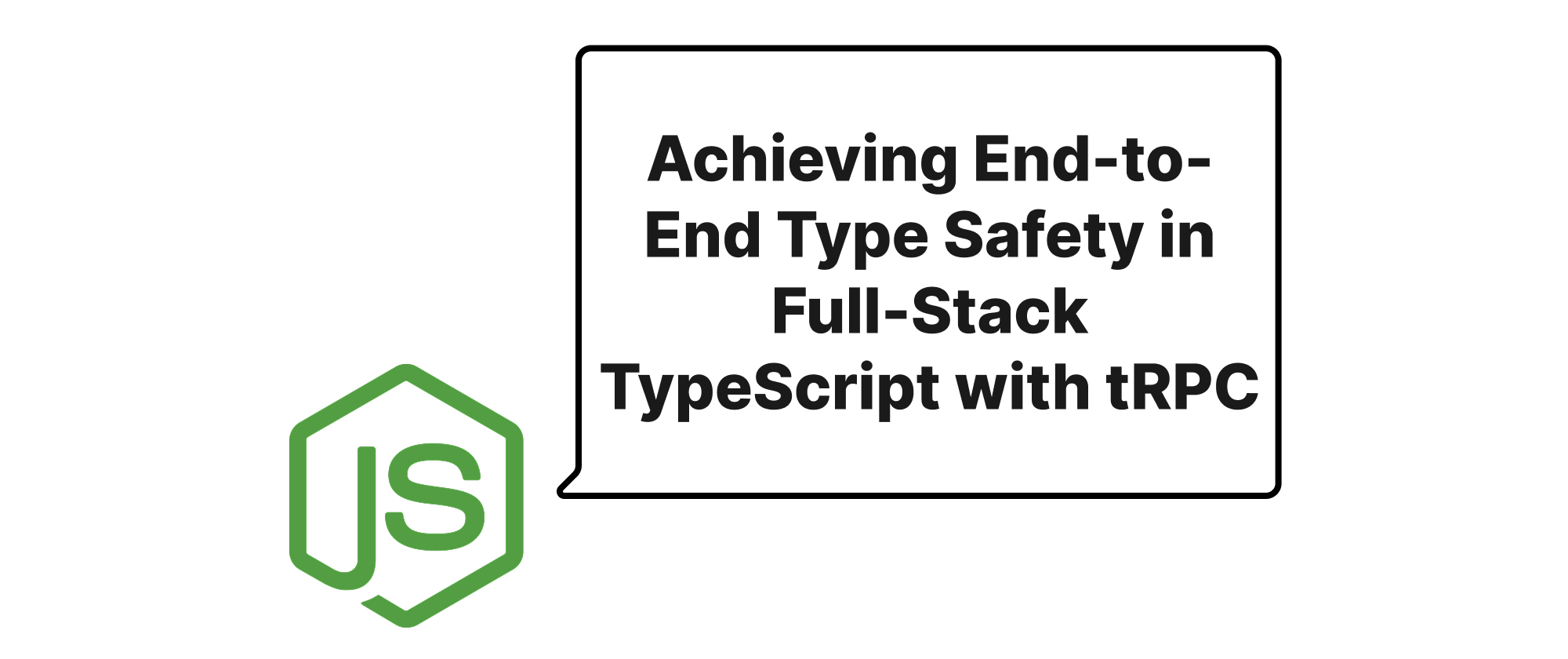
Achieving End-to-End Type Safety in Full-Stack TypeScript with tRPC
This article explores how tRPC revolutionizes full-stack TypeScript development by providing seamless, end-to-end type safety between your frontend and backend, eliminating manual type synchronization and boosting developer productivity.
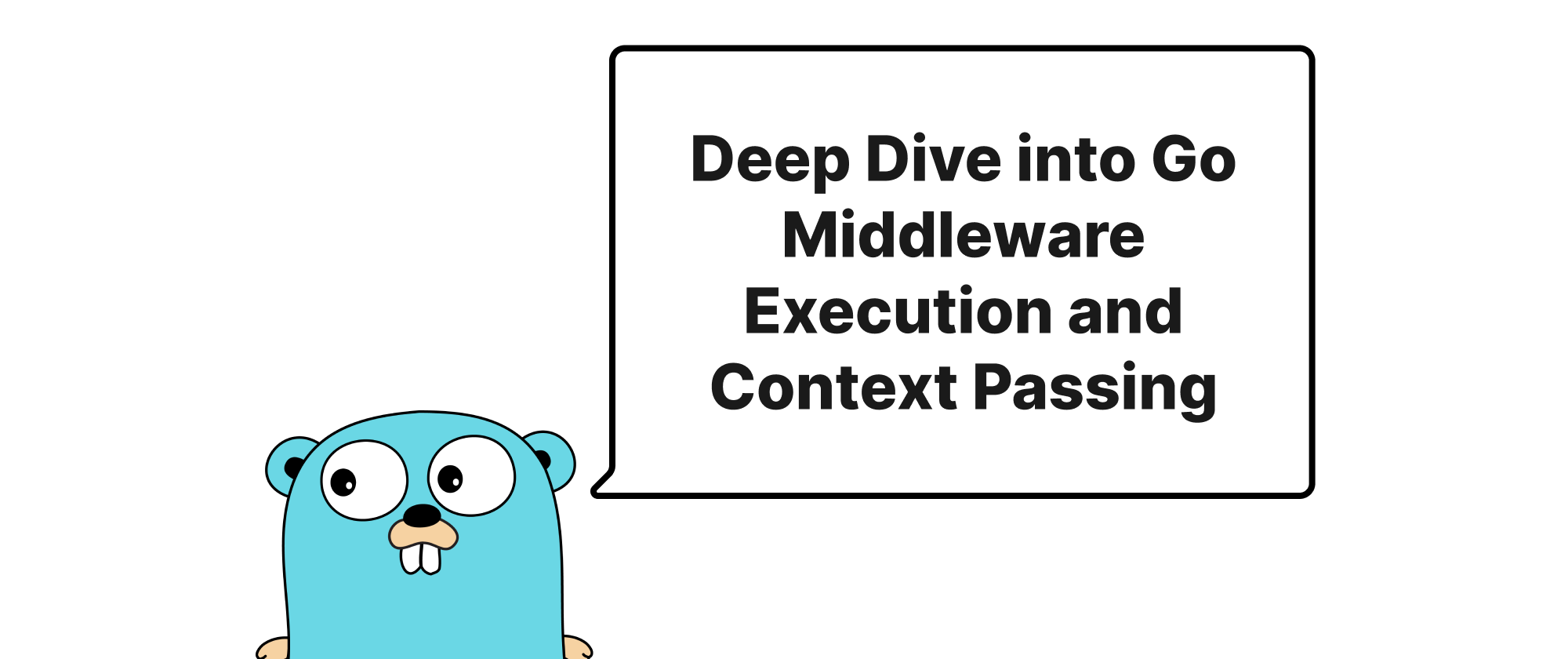
Deep Dive into Go Middleware Execution and Context Passing
This article explores the execution flow of Go middleware and the crucial role of context value passing, demonstrating their implementation and practical use cases with code examples.
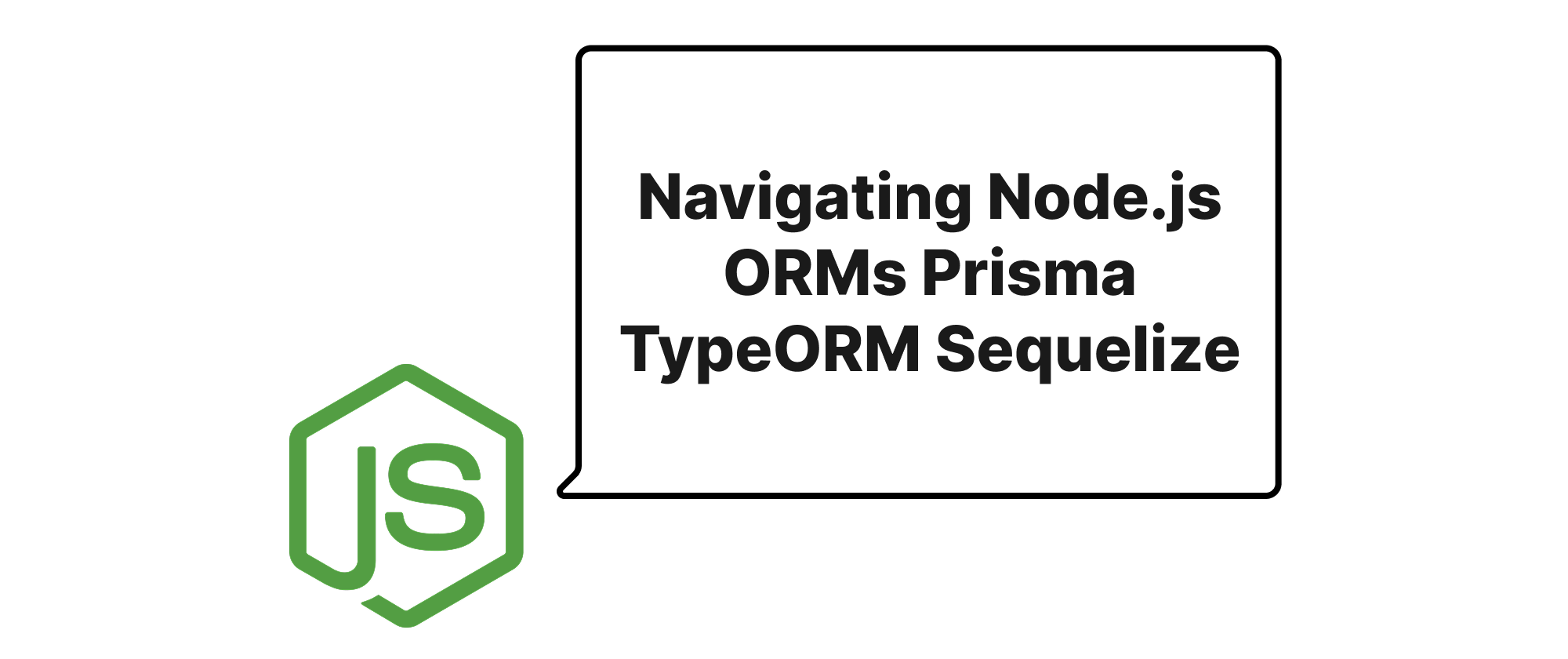
Navigating Node.js ORMs Prisma TypeORM Sequelize
A comparative analysis of Prisma, TypeORM, and Sequelize in the Node.js ecosystem, exploring their features, usage patterns, and practical applications for database interaction.
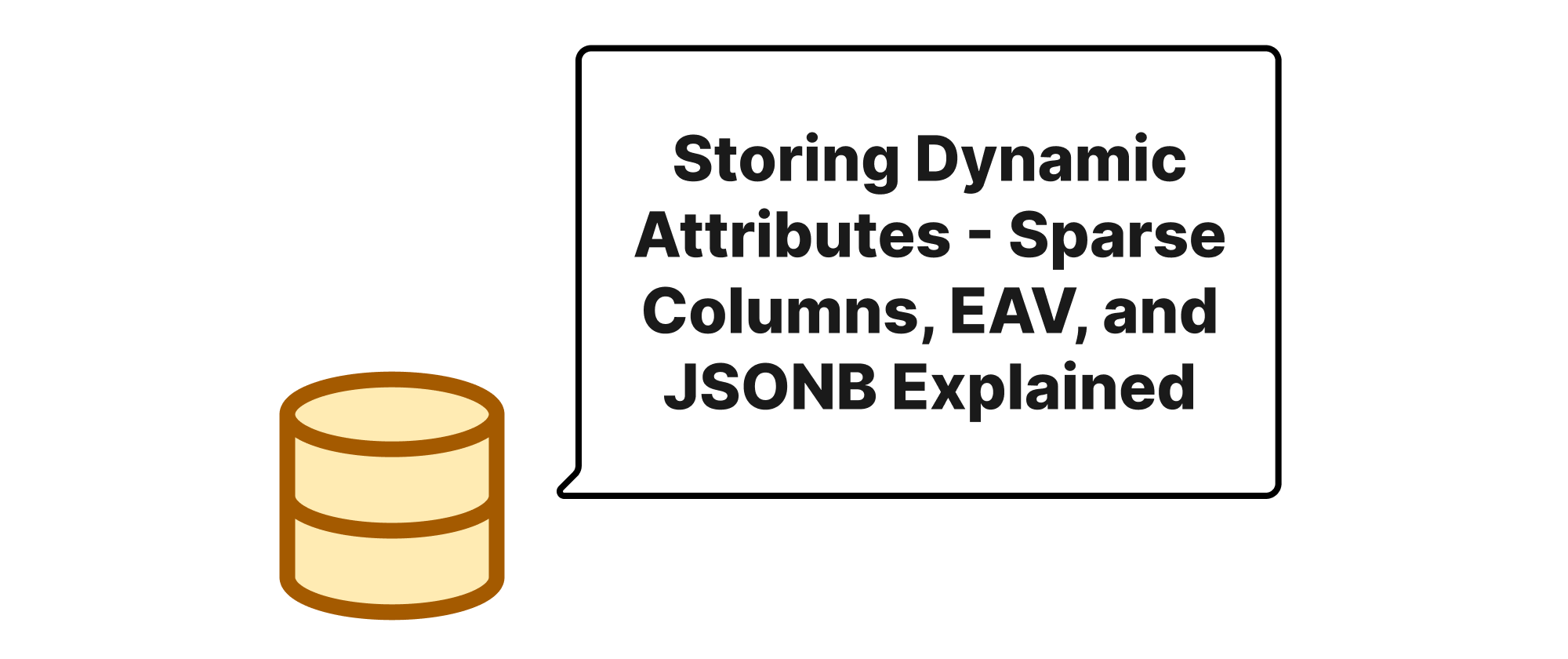
Storing Dynamic Attributes - Sparse Columns, EAV, and JSONB Explained
A comprehensive look into different database design patterns for managing dynamic attributes, comparing sparse columns, EAV, and JSONB approaches for various use cases.
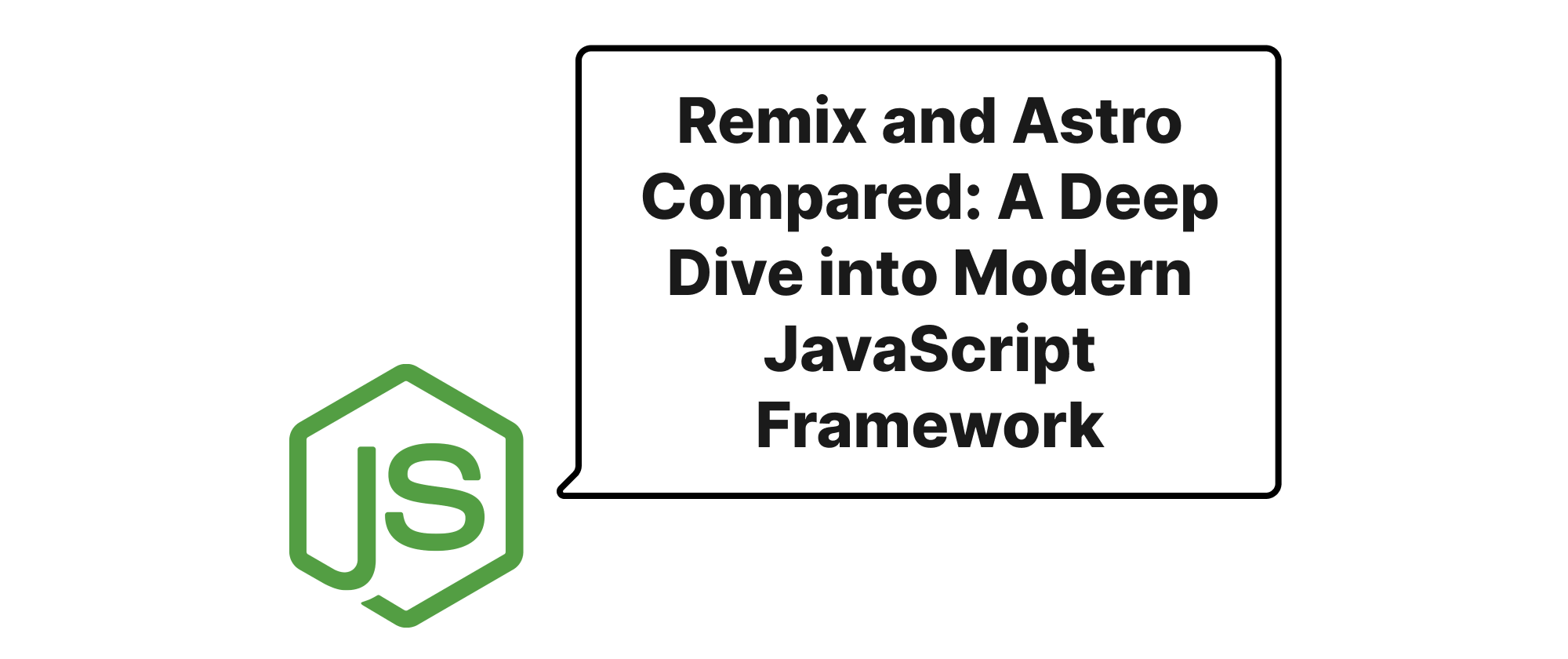
Remix and Astro Compared A Deep Dive into Modern JavaScript Framework Architectures
This article thoroughly compares Remix and Astro, two prominent full-stack JavaScript frameworks, by examining their core design philosophies, use cases, and implementation details with code examples. It highlights their unique approaches to web development and guides developers in choosing the right tool for their projects.
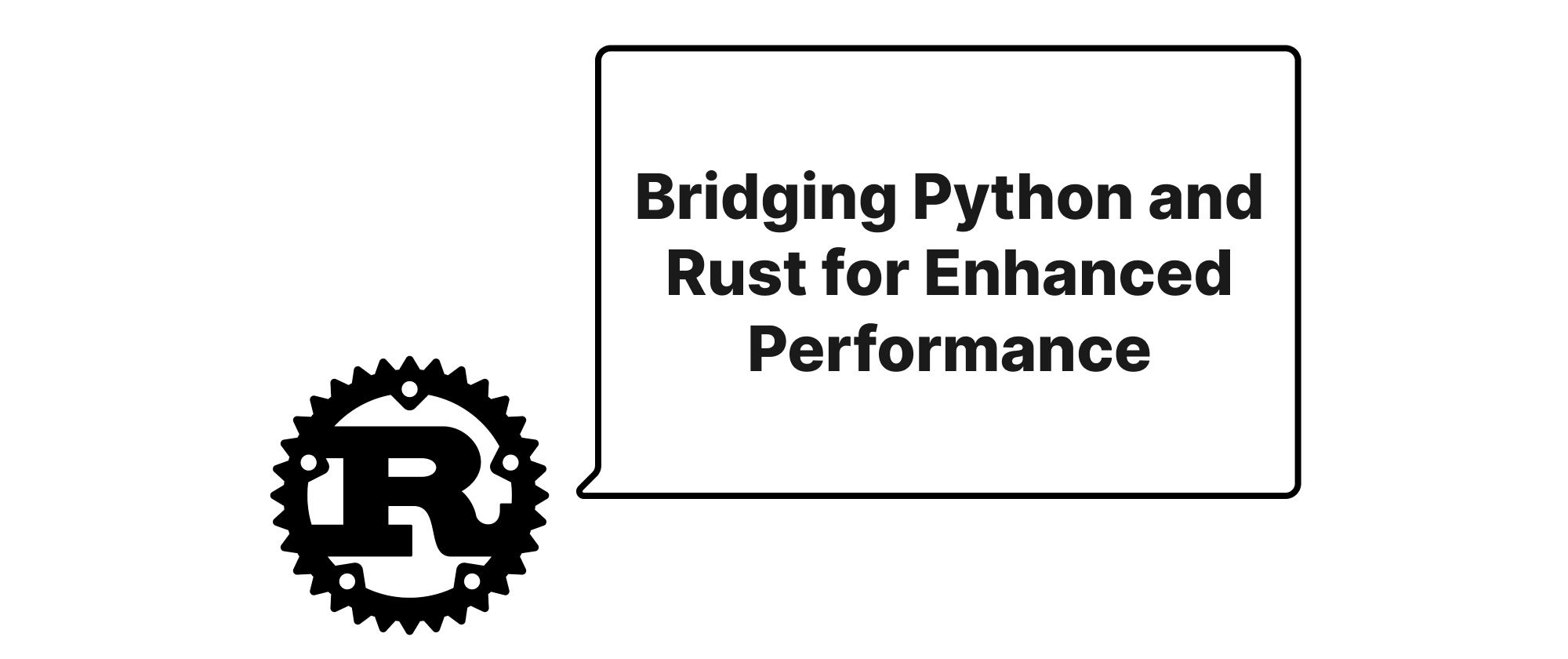
Bridging Python and Rust for Enhanced Performance
Explore how PyO3 and rust-cpython empower Python applications to leverage Rust's speed and safety.
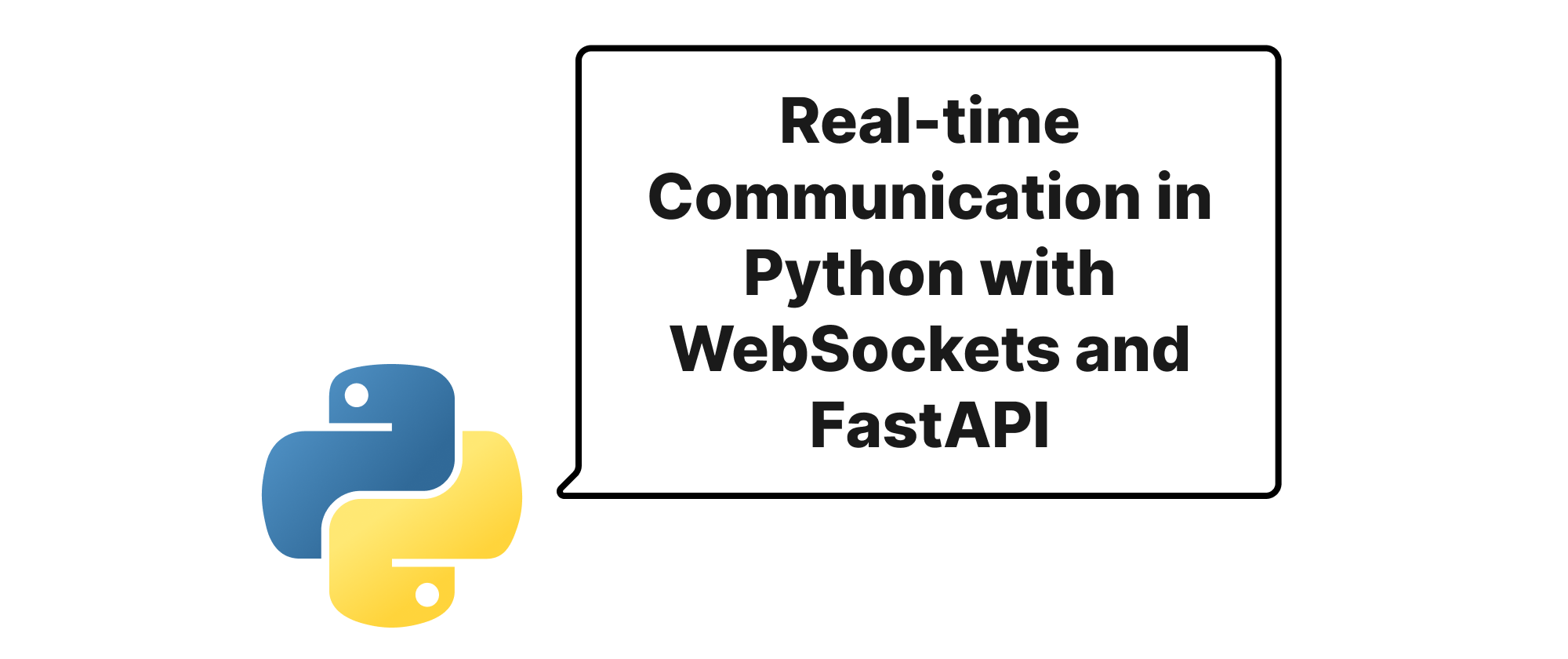
Real-time Communication in Python with WebSockets and FastAPI
Explore how to build efficient real-time communication systems in Python using WebSockets, focusing on practical implementation with FastAPI.
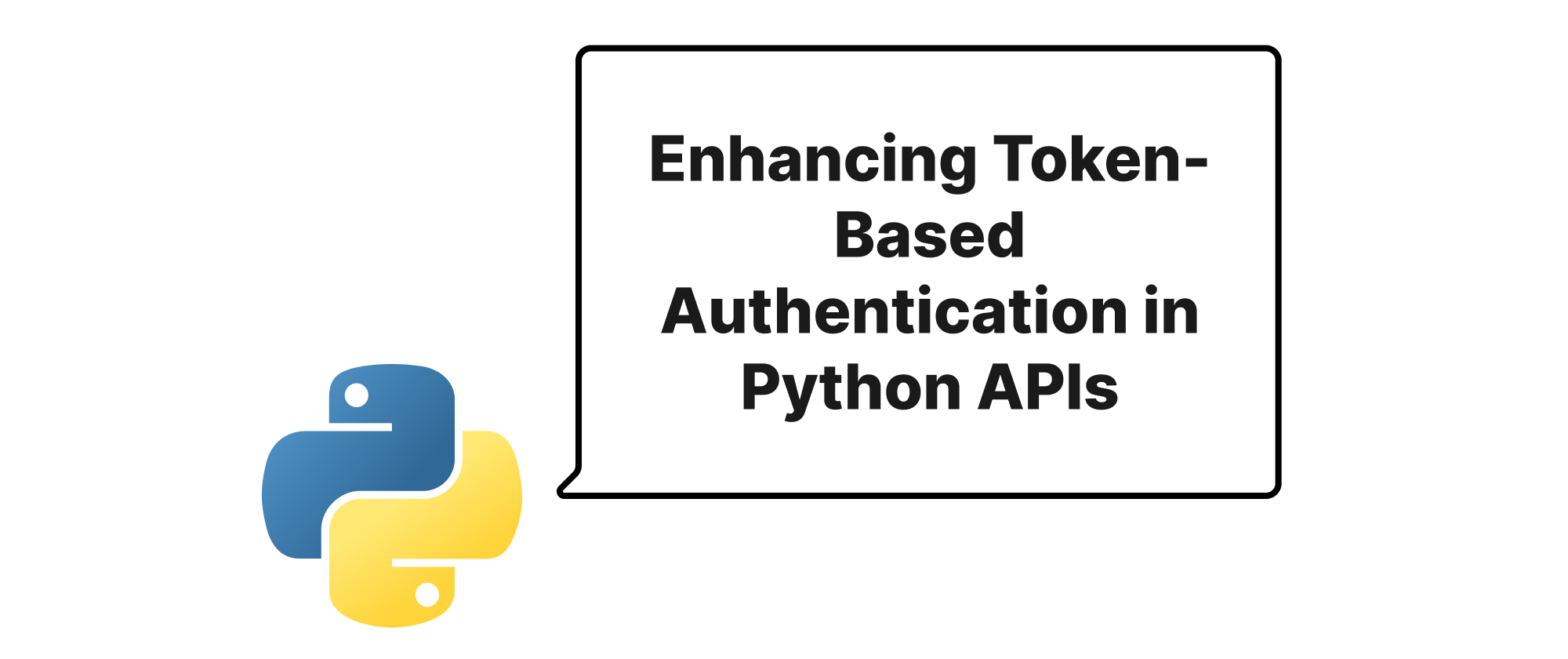
Enhancing Token-Based Authentication in Python APIs with knox and FastAPI-Users
Exploring how django-rest-knox and FastAPI-Users provide robust solutions for secure token authentication in Python web development, offering practical insights and code examples.
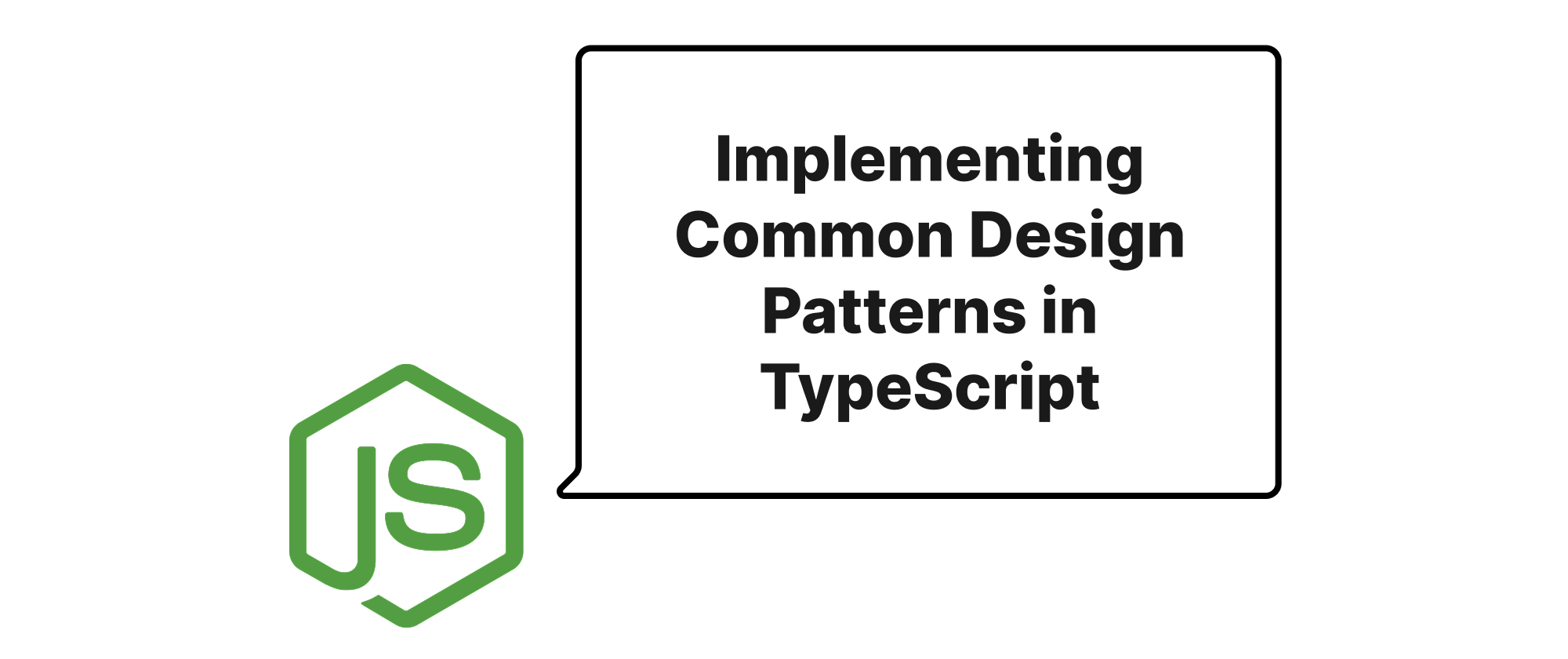
Implementing Common Design Patterns in TypeScript
A comprehensive guide to implementing Singleton, Factory, and Observer design patterns using TypeScript, enhancing code structure and maintainability.
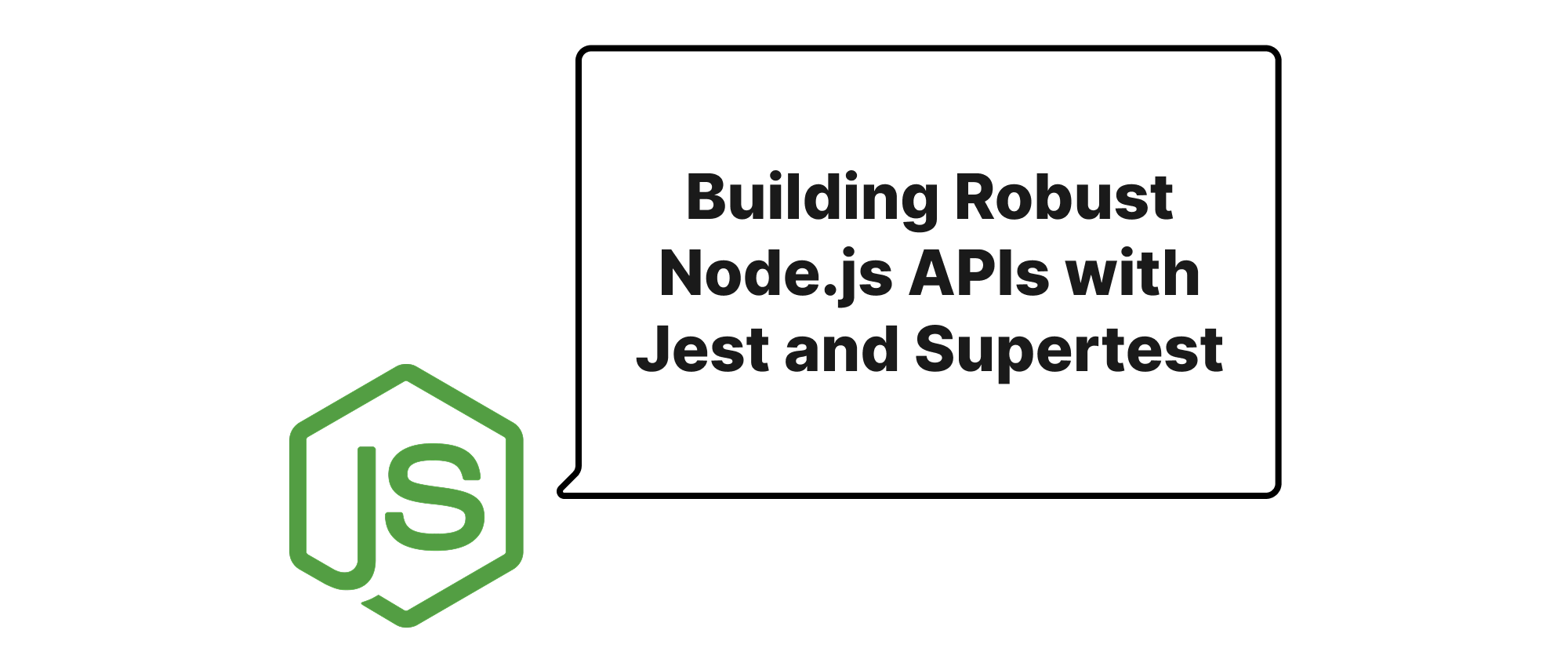
Building Robust Node.js APIs with Jest and Supertest
Learn how to effectively implement unit and integration tests for your Node.js API using Jest for testing framework capabilities and Supertest for HTTP assertions, ensuring reliability and maintainability.
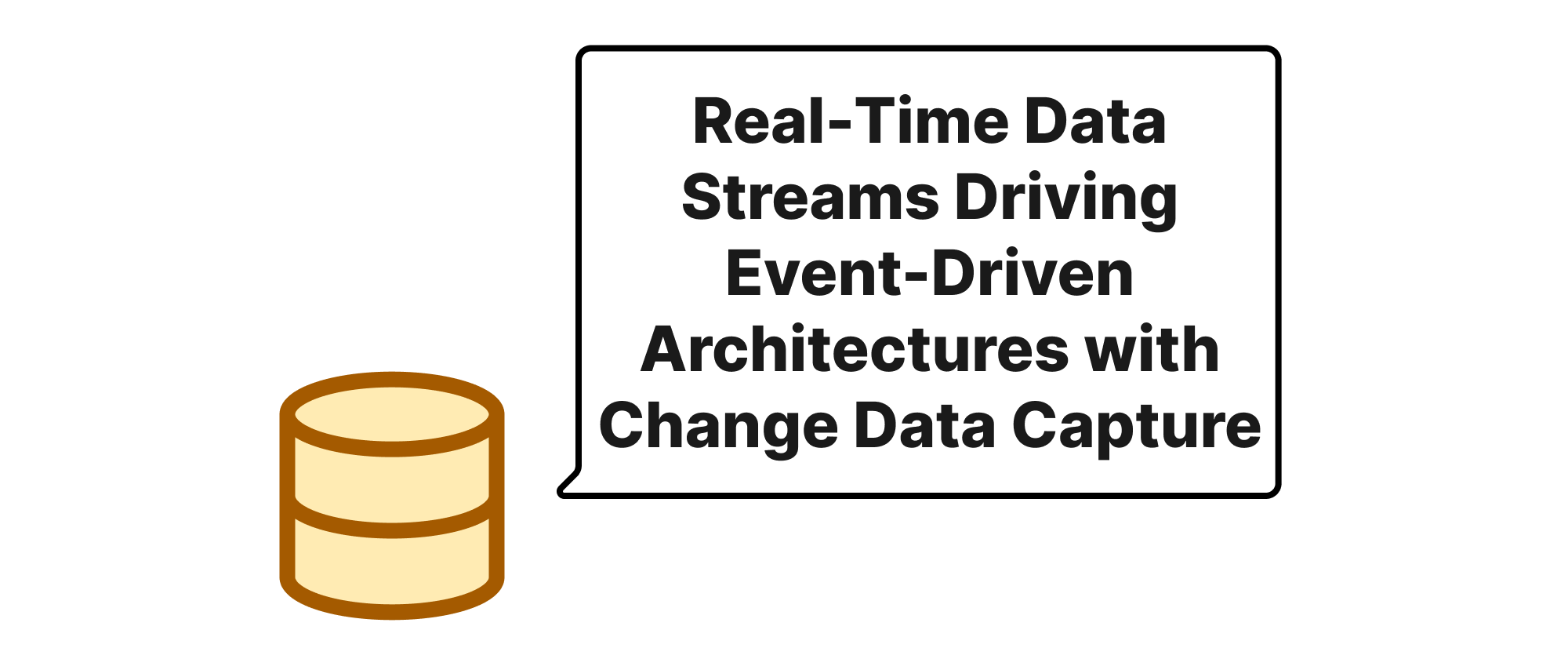
Real-Time Data Streams Driving Event-Driven Architectures with Change Data Capture
Explore how Debezium and logical decoding power event-driven systems by capturing and streaming database changes, enabling real-time data integration and reactive microservices.
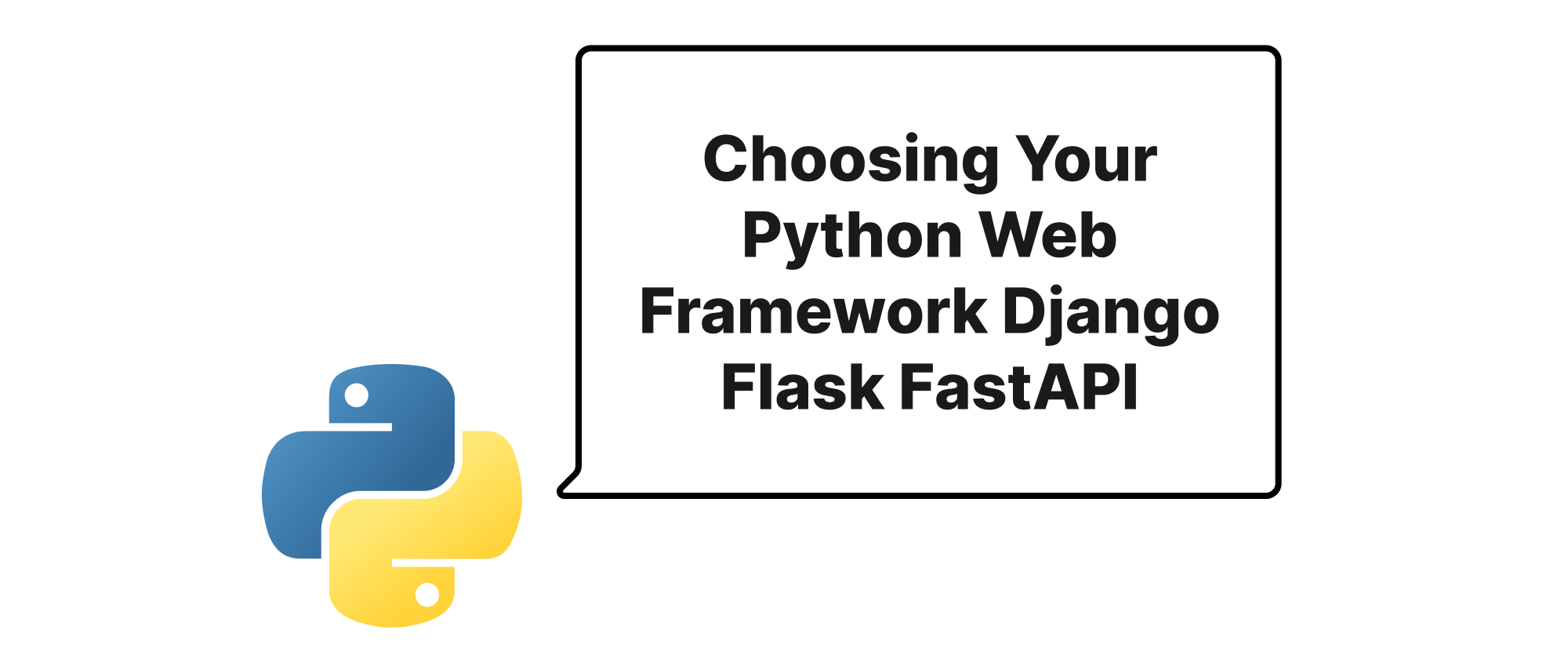
Choosing Your Python Web Framework Django Flask FastAPI
A deep dive into Django, Flask, and FastAPI, exploring their core philosophies, use cases, and helping you decide which framework best suits your project needs.
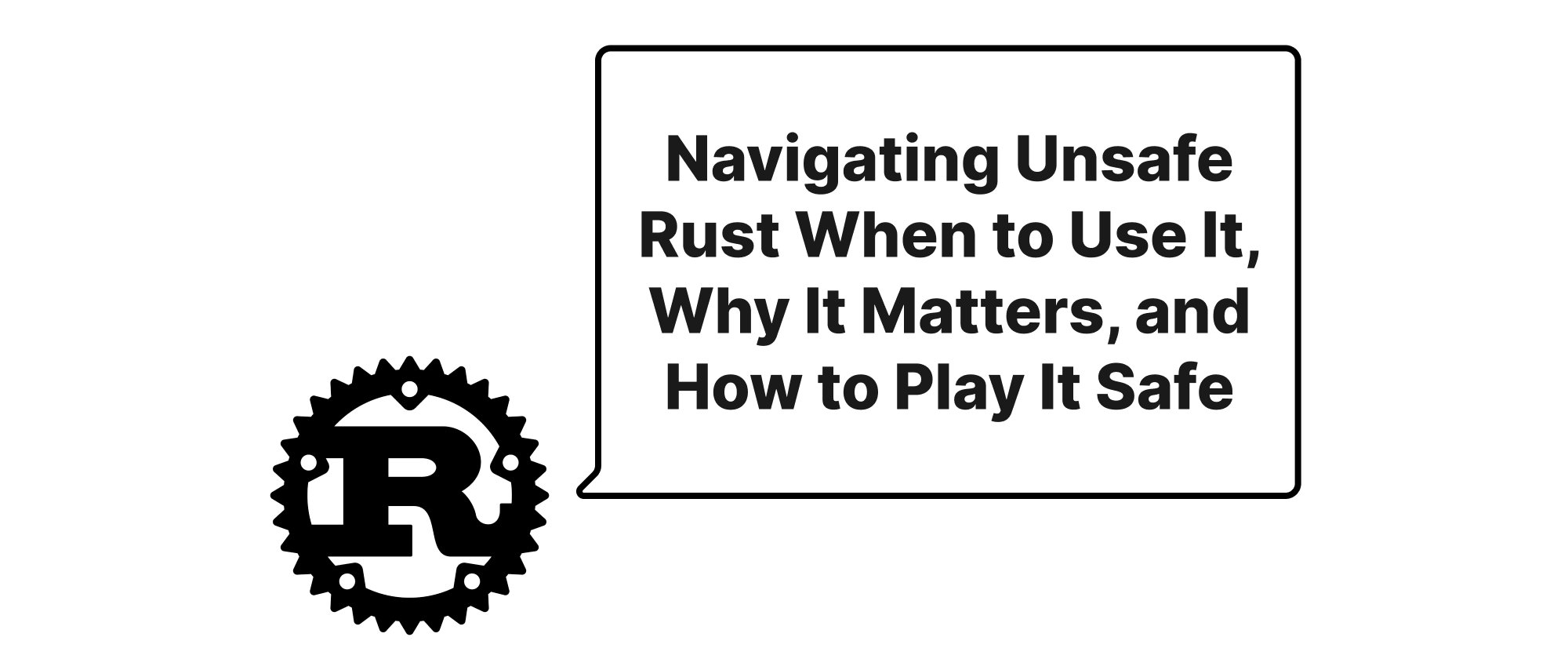
Navigating Unsafe Rust When to Use It, Why It Matters, and How to Play It Safe
A comprehensive guide to understanding and safely utilizing unsafe Rust for performance-critical and low-level programming scenarios.
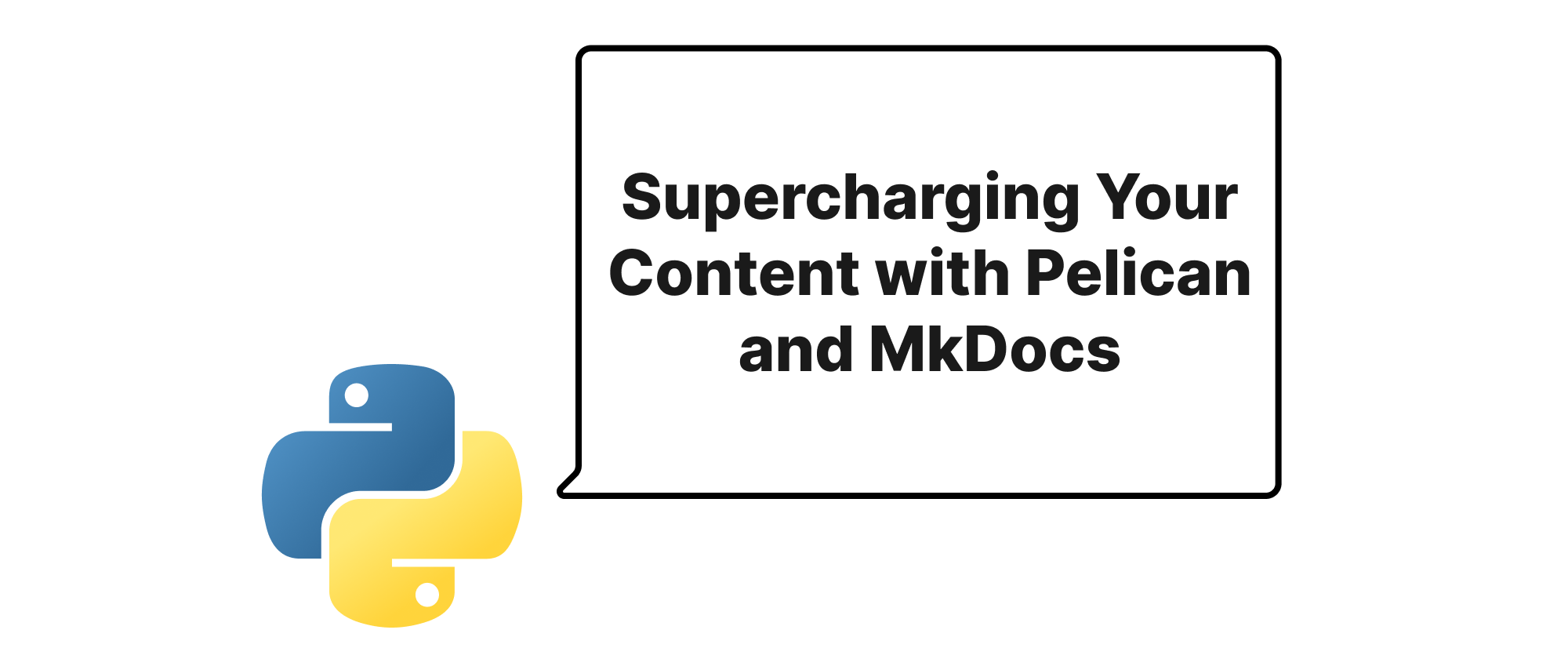
Supercharging Your Content with Pelican and MkDocs
Explore how Pelican and MkDocs empower Python developers to build robust static websites and technical documentation efficiently, leveraging Markdown for clean content management and offering flexible customization options.
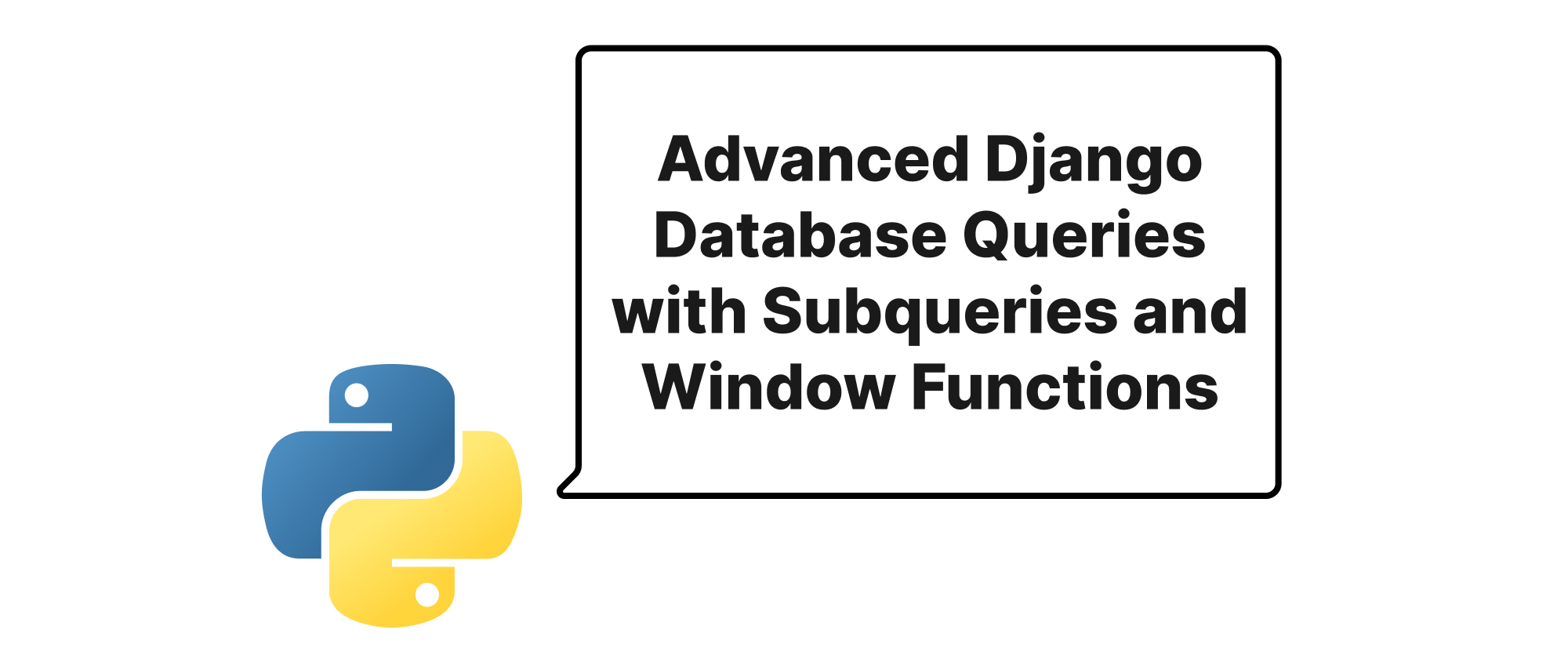
Advanced Django Database Queries with Subqueries and Window Functions
Uncover the power of Django's ORM for complex data analysis using subqueries and window functions, transforming raw data into actionable insights with elegant and efficient code.
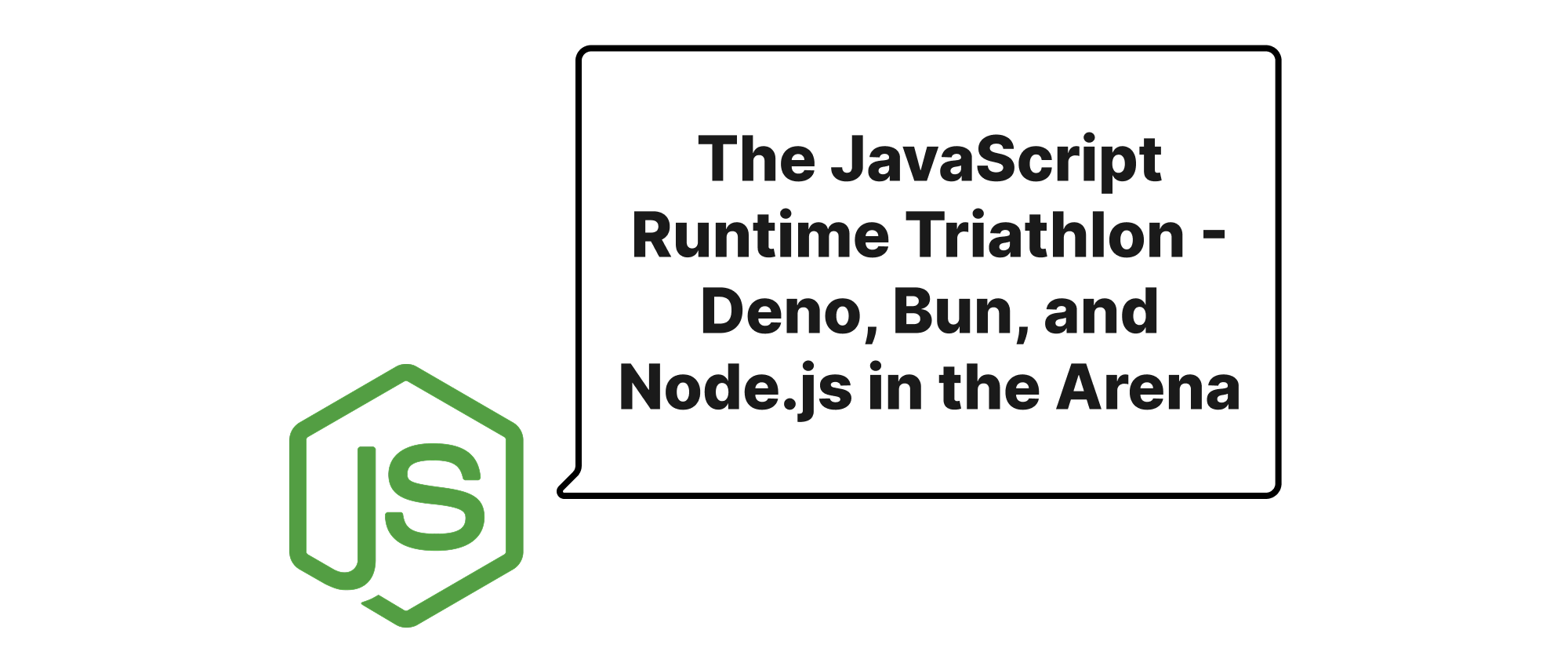
The JavaScript Runtime Triathlon - Deno, Bun, and Node.js in the Arena
Exploring the present and future of server-side JavaScript through a comparison of Node.js, Deno, and Bun, highlighting their unique strengths and approaches.
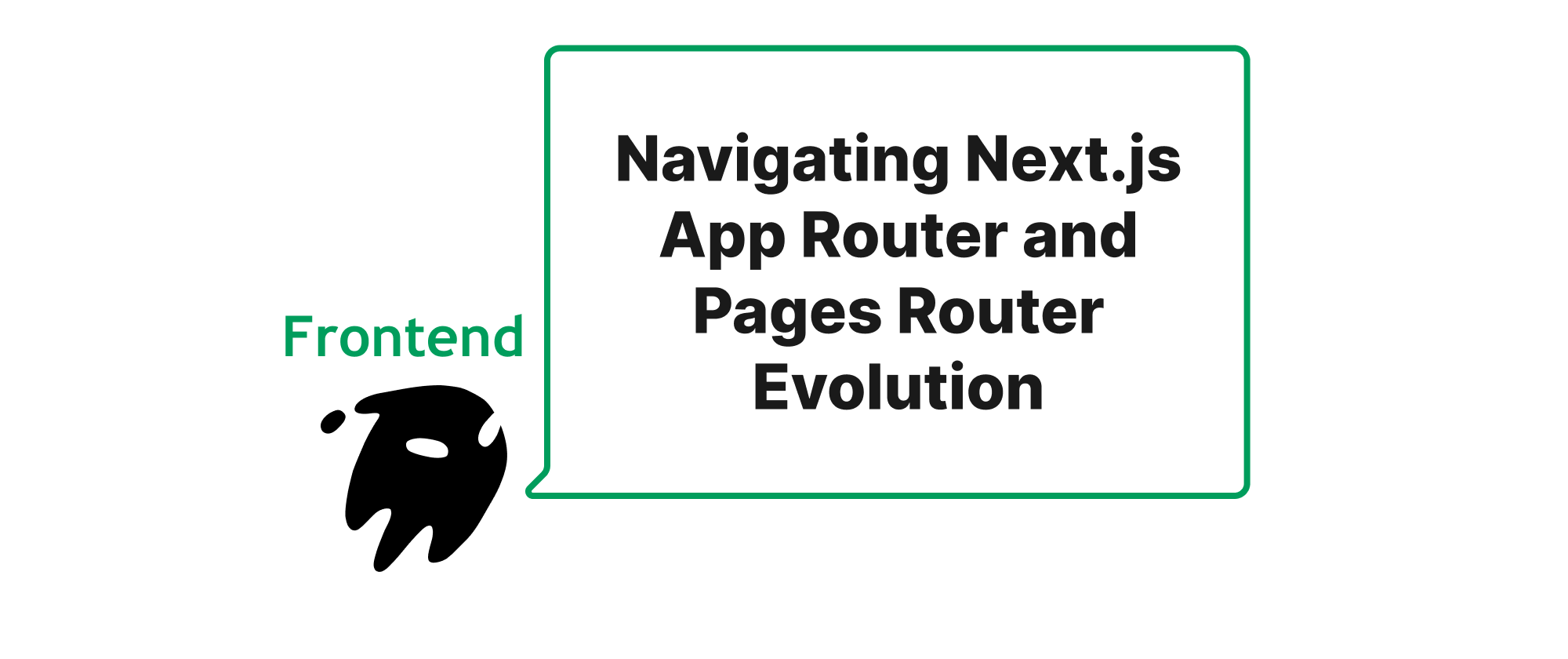
Navigating Next.js App Router and Pages Router Evolution
A deep dive into Next.js's App Router and Pages Router, exploring their architectural differences, advantages, disadvantages, and practical migration strategies for modern web development.
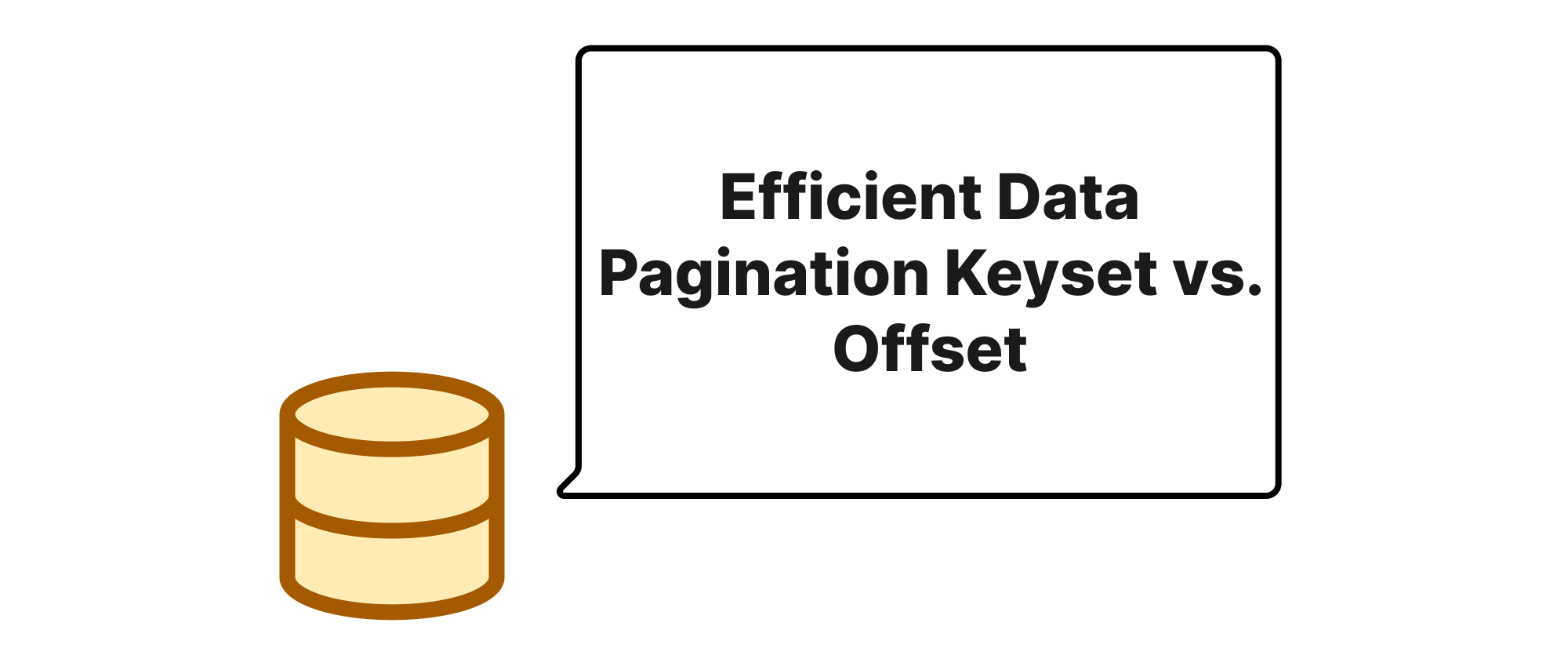
Efficient Data Pagination Keyset vs. Offset
A deep dive into Keyset and Offset pagination, exploring their mechanisms, trade-offs, and optimal use cases for efficient data retrieval in modern applications.
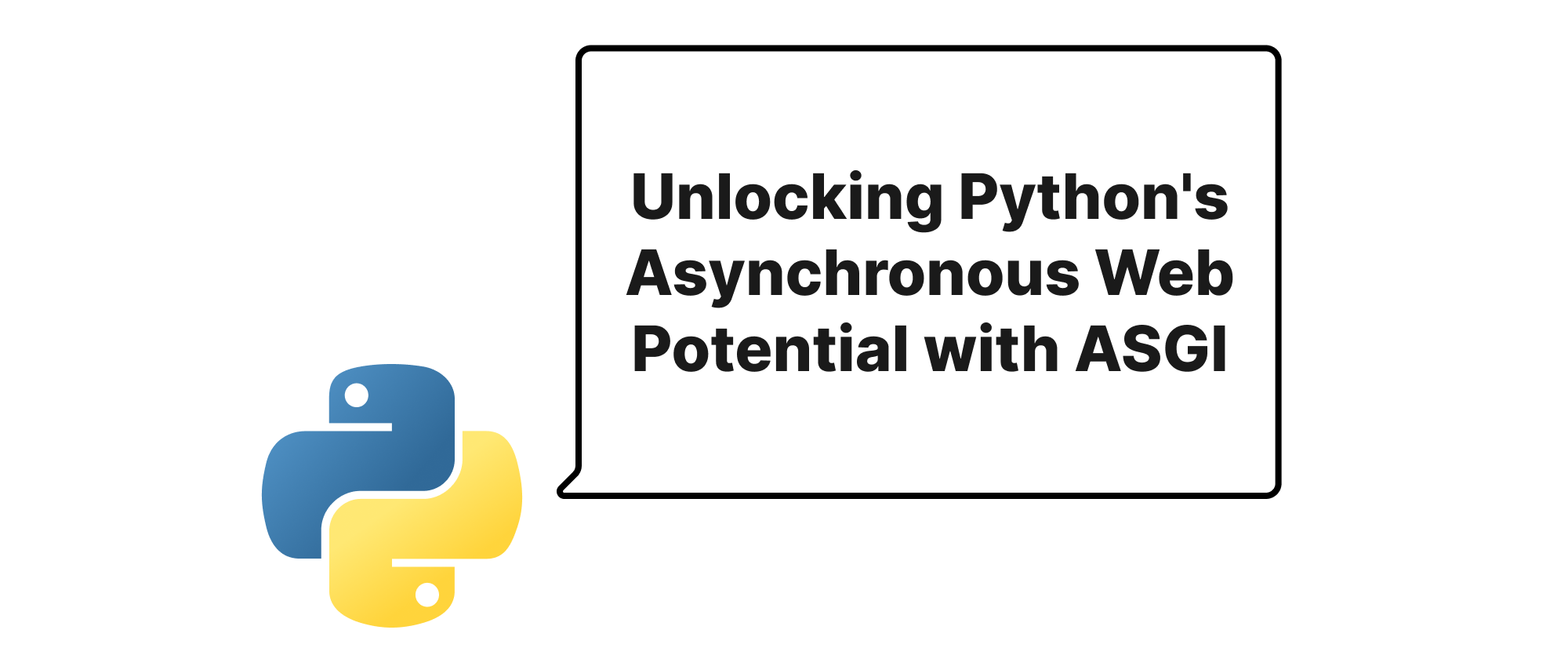
Unlocking Python's Asynchronous Web Potential with ASGI
Explore how ASGI revolutionized Python web development by enabling asynchronous capabilities, its core components, and practical applications for building high-performance web services.
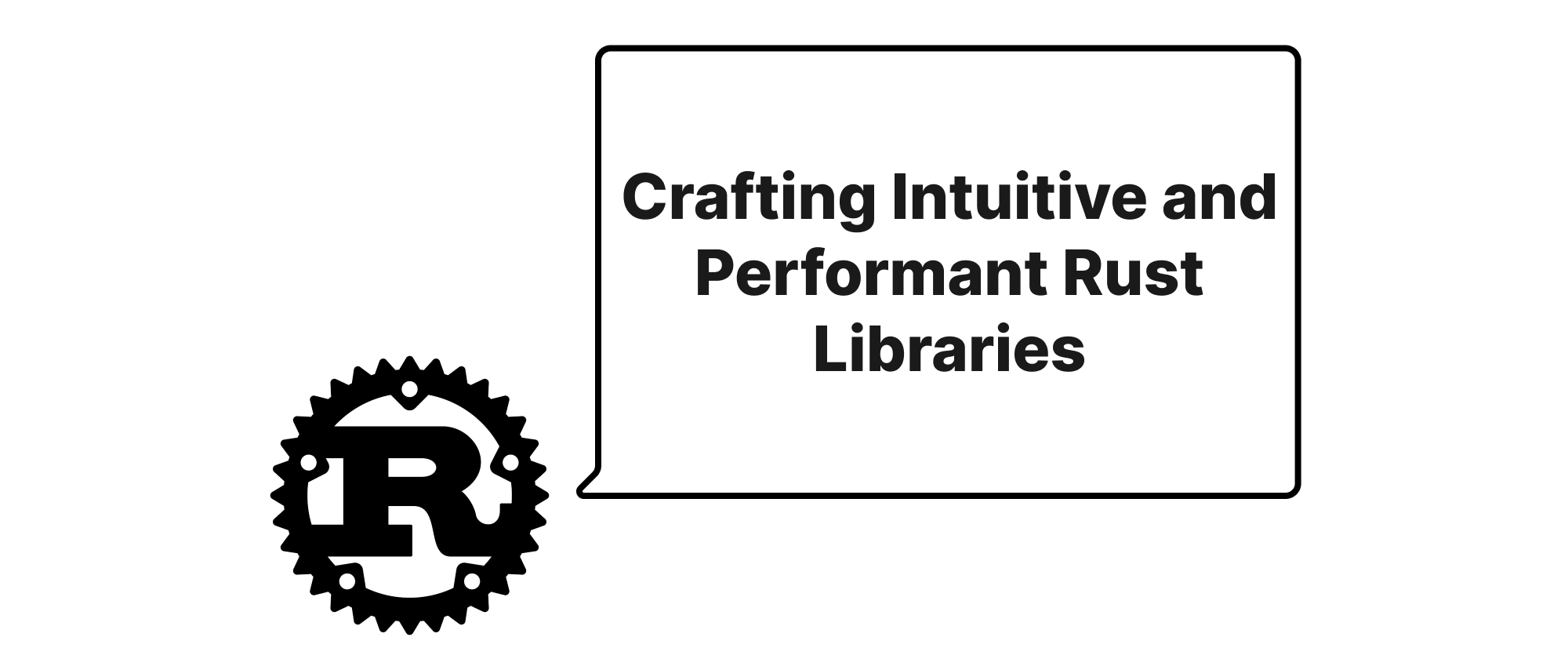
Crafting Intuitive and Performant Rust Libraries
This article delves into the principles of designing Rust APIs that are both ergonomic and offer zero-cost abstractions, illustrated with practical examples for building robust and user-friendly libraries.
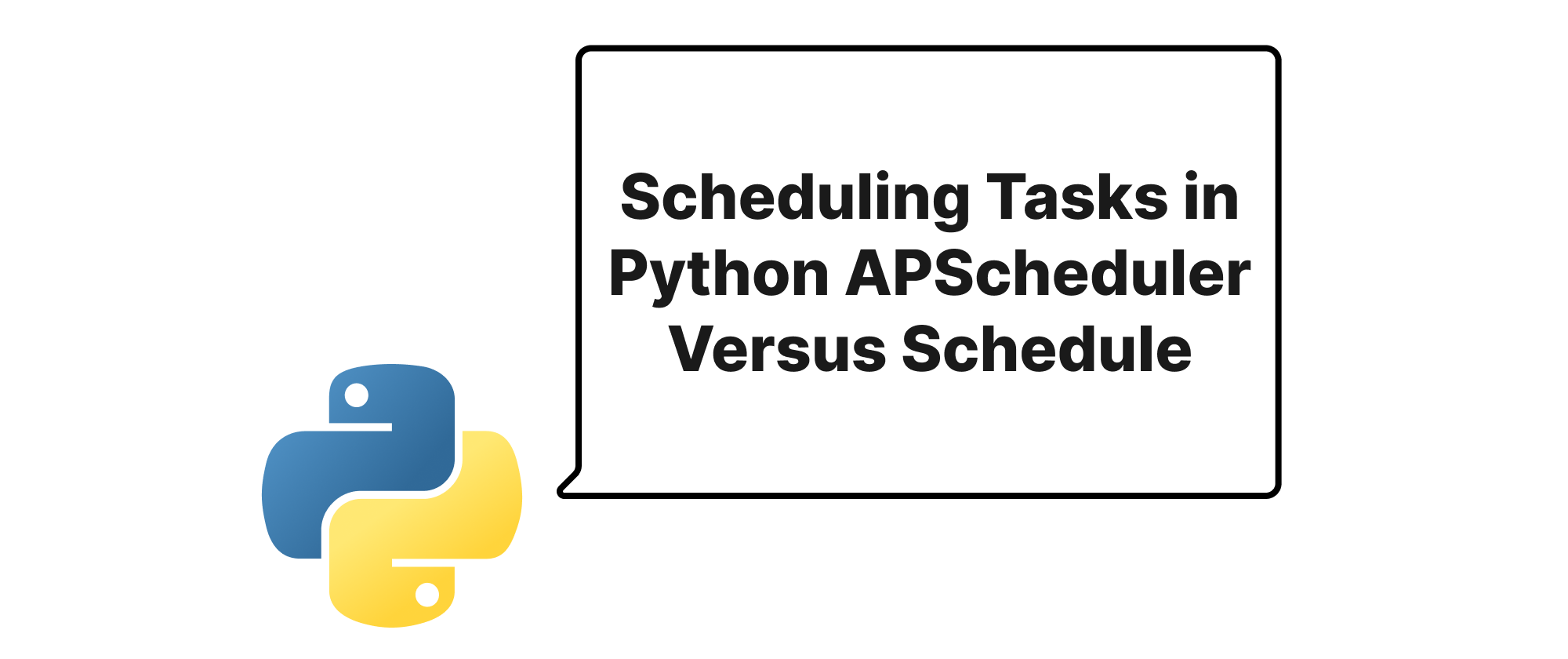
Scheduling Tasks in Python APScheduler Versus Schedule
Exploring the differences and use cases of APScheduler and schedule for implementing timed tasks in Python applications.
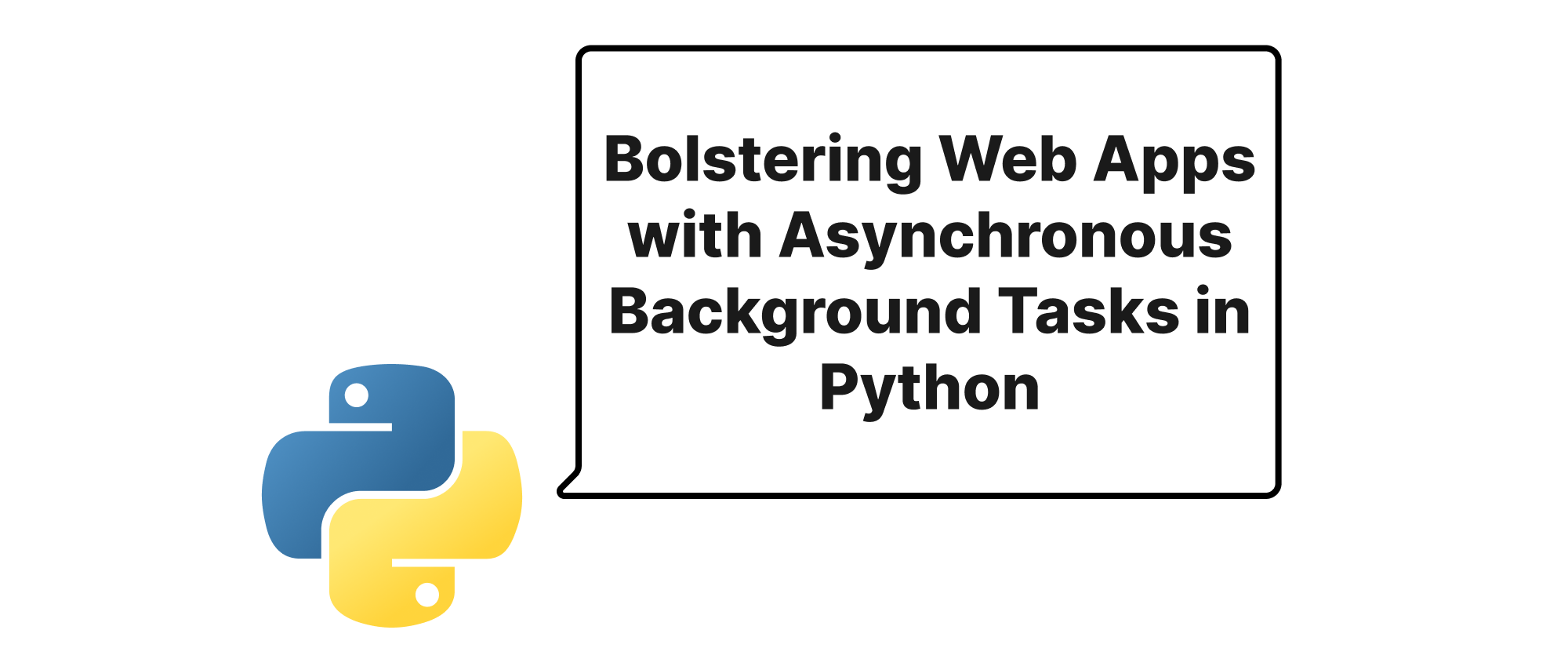
Bolstering Web Apps with Asynchronous Background Tasks in Python
Explore how to integrate Dramatiq or Arq into Python web applications to gracefully handle background tasks, improving responsiveness and user experience.
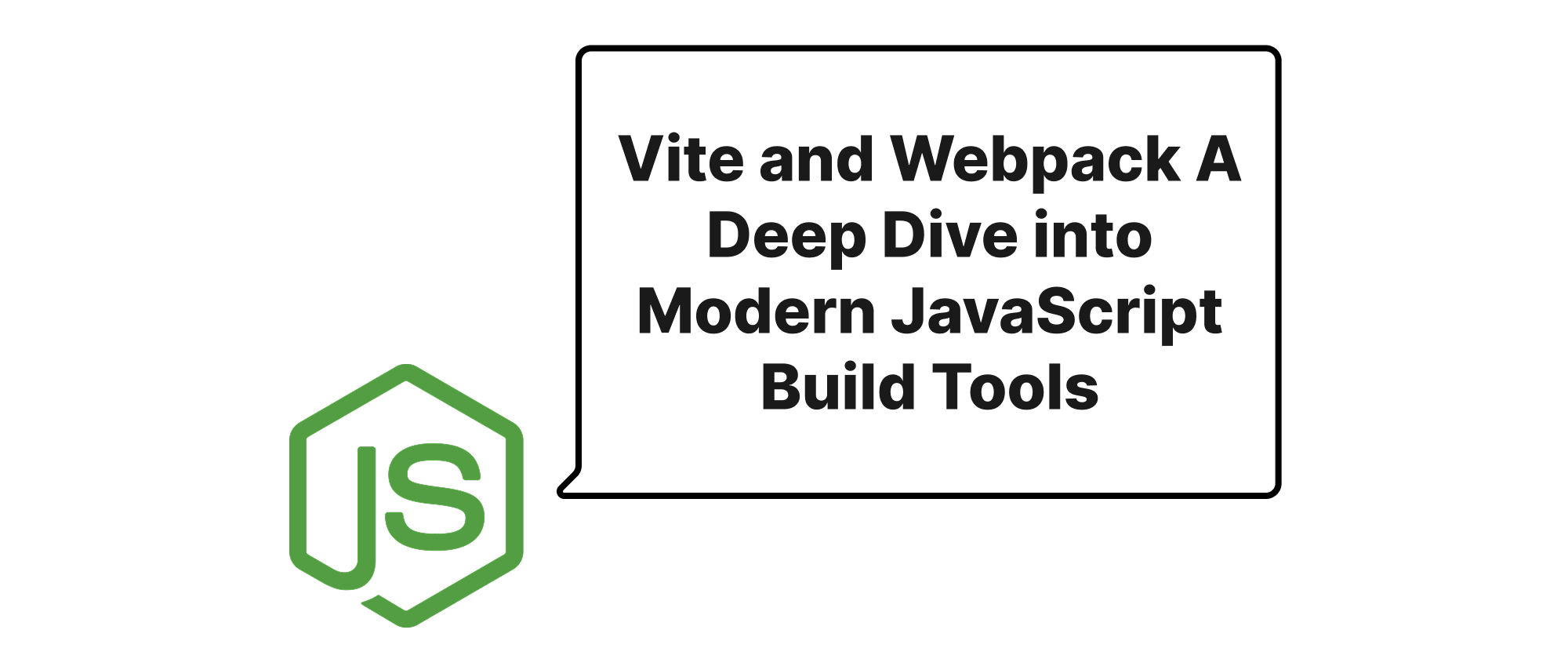
Vite and Webpack A Deep Dive into Modern JavaScript Build Tools
This article explores the contrasting philosophies and practical advantages of Vite and Webpack in the realm of modern JavaScript build processes, guiding developers through their core features, use cases, and potential migration paths.
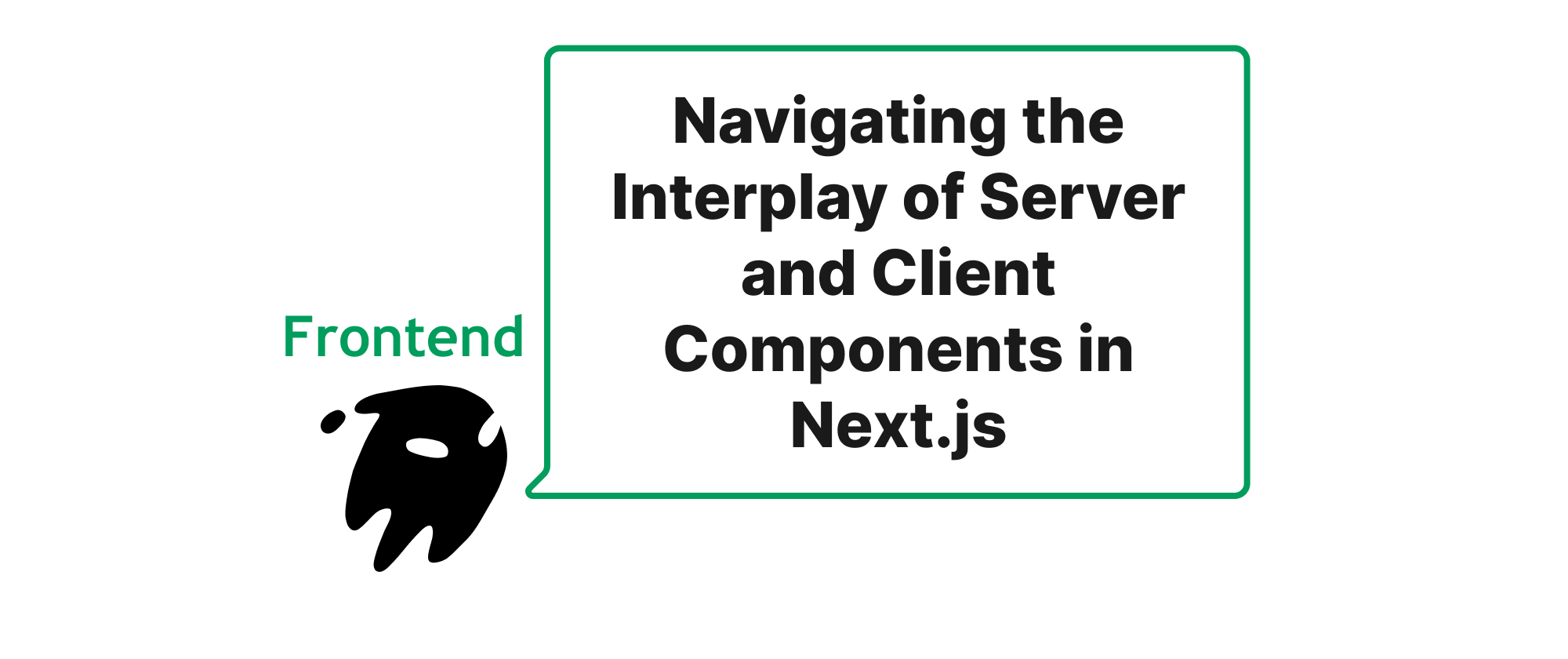
Navigating the Interplay of Server and Client Components in Next.js
A deep dive into the interaction patterns of Server Components (RSC) and Client Components (RCC) in Next.js, exploring their unique roles, communication mechanisms, and practical application for building performant web applications.
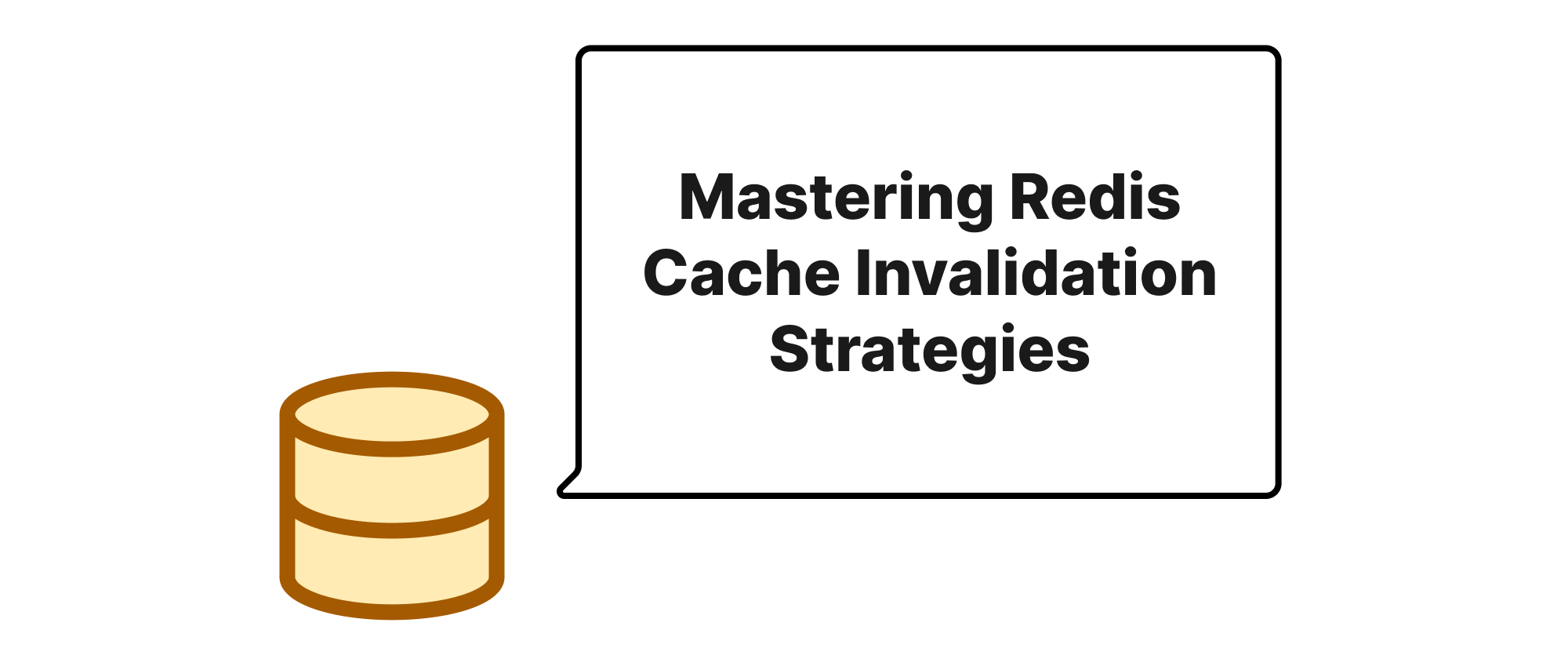
Mastering Redis Cache Invalidation Strategies
Explore common Redis cache invalidation techniques including LRU, LFU, TTL, and proactive invalidation, understanding their mechanisms, use cases, and how to implement them effectively to enhance application performance and data consistency.
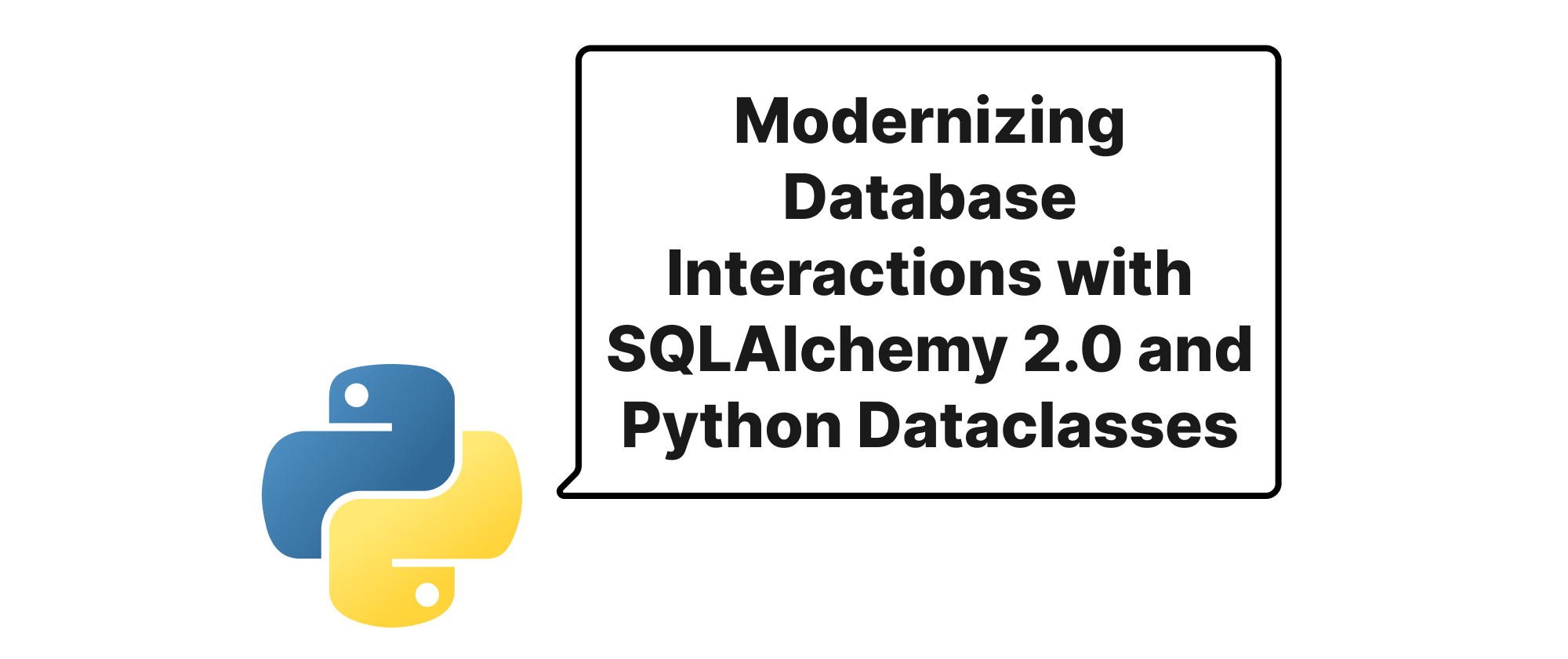
Modernizing Database Interactions with SQLAlchemy 2.0 and Python Dataclasses
Explore a contemporary approach to database operations in Python, leveraging SQLAlchemy 2.0's declarative paradigm with `select()` and the simplicity of dataclasses for enhanced code readability and maintainability.
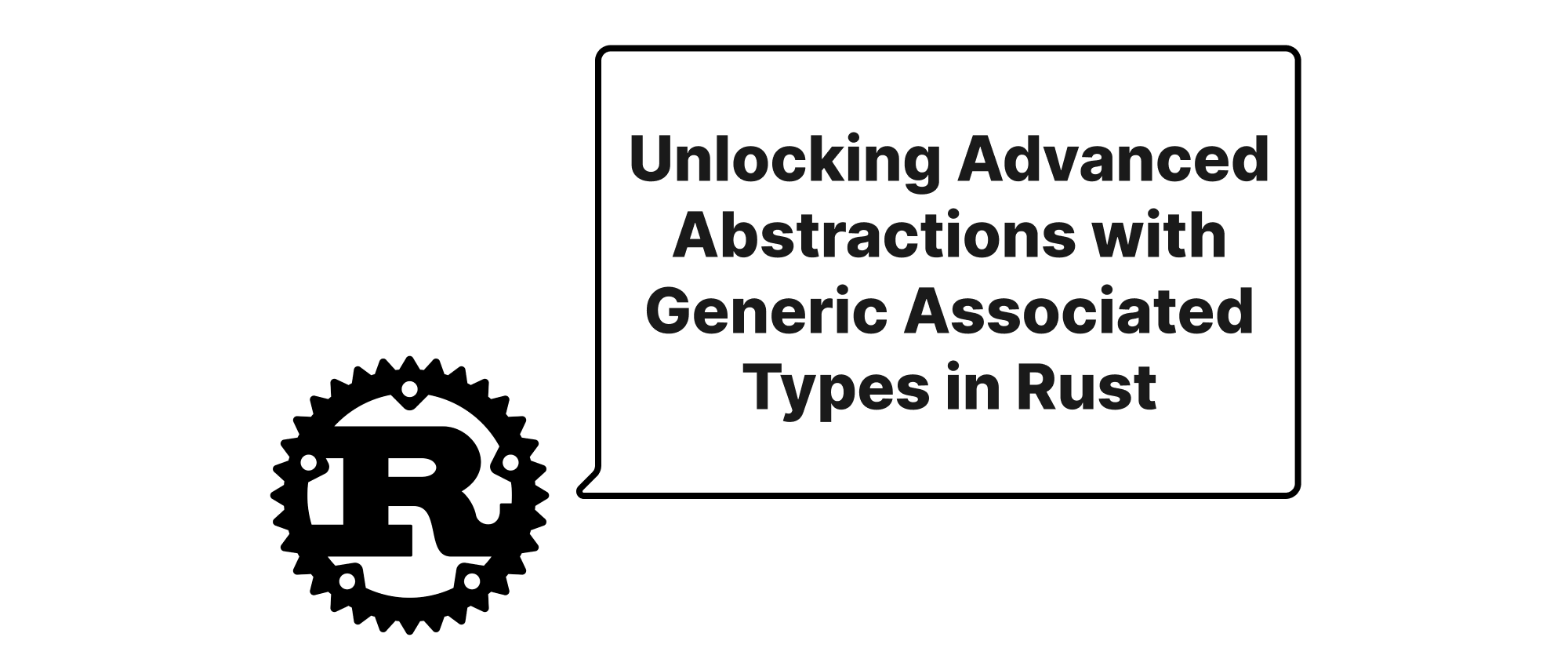
Unlocking Advanced Abstractions with Generic Associated Types in Rust
Exploring the power and utility of Generic Associated Types (GATs) in Rust for building more flexible and expressive trait-based designs.
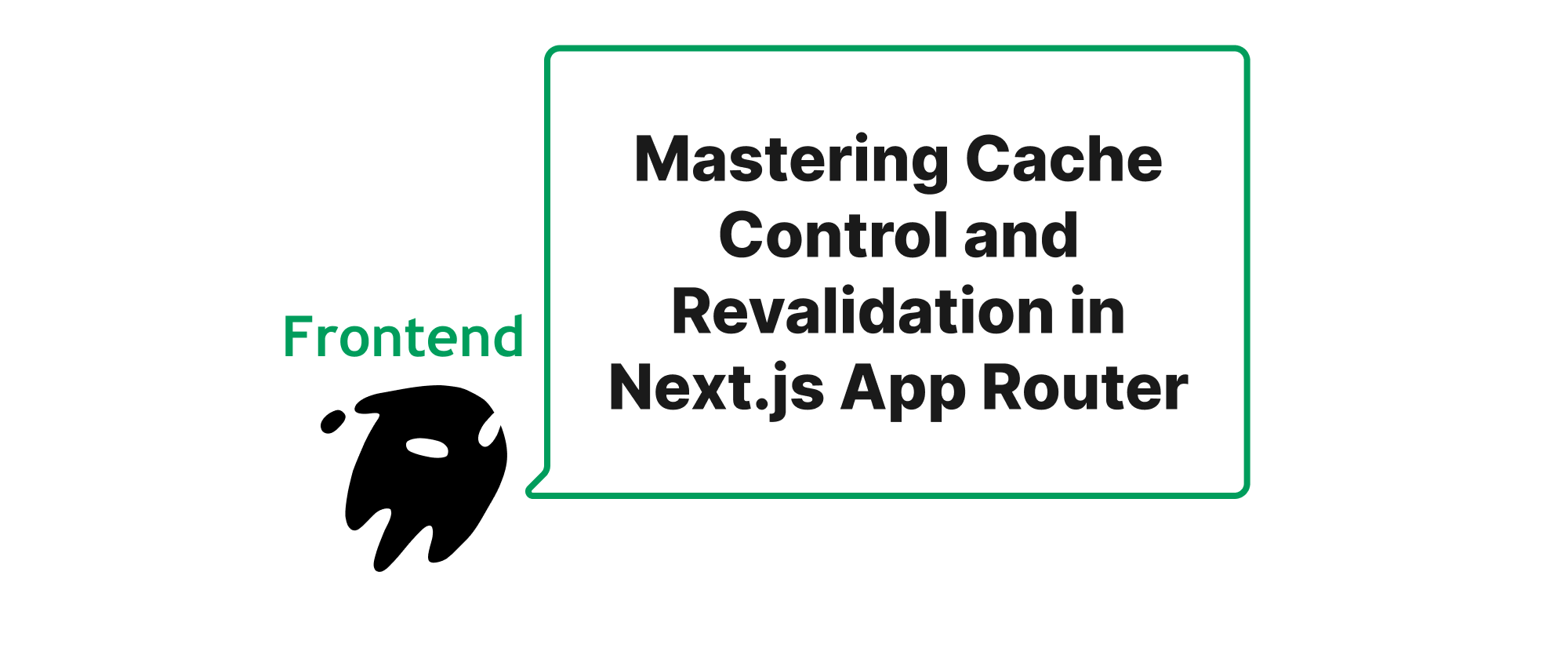
Mastering Cache Control and Revalidation in Next.js App Router
A comprehensive guide to understanding and implementing granular caching and data revalidation strategies within the Next.js App Router for optimal performance and data freshness.
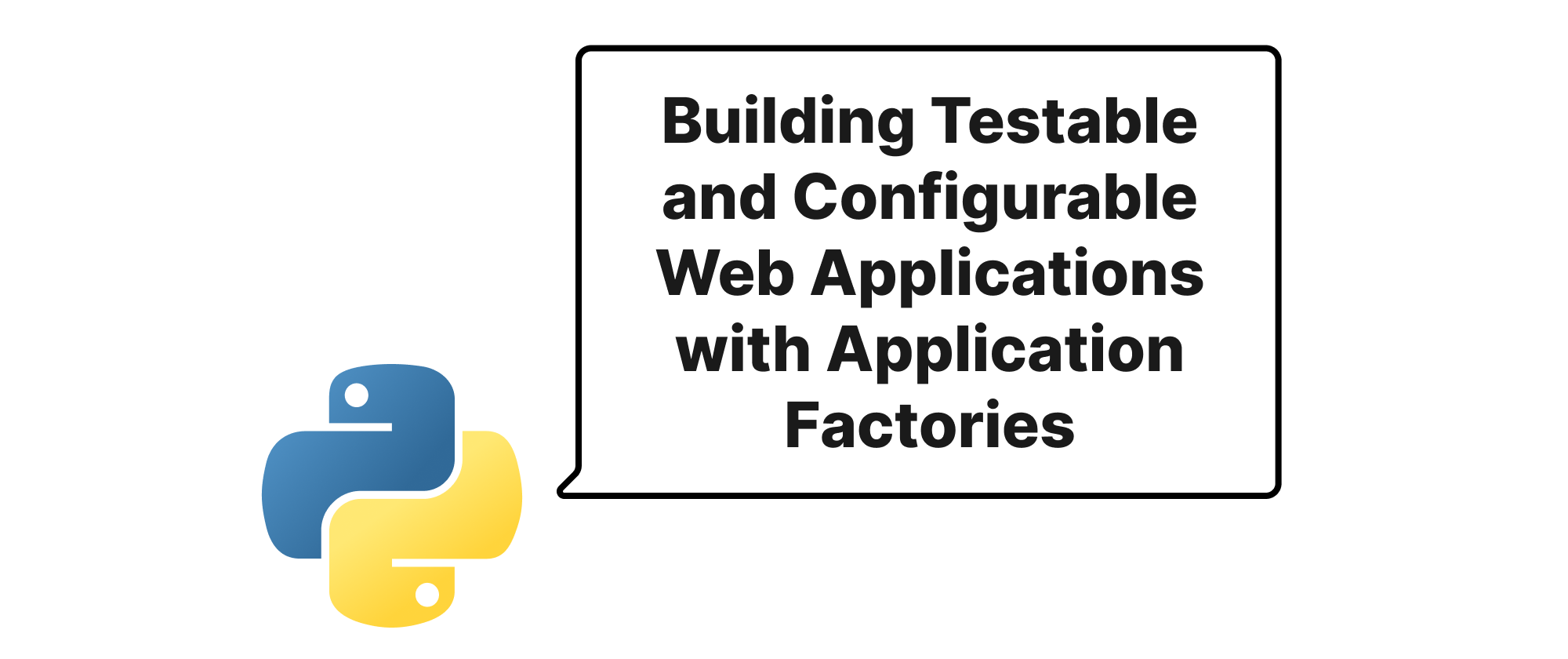
Building Testable and Configurable Web Applications with Application Factories
This article delves into the Application Factory pattern for Flask and FastAPI, demonstrating how it enhances testability and configurability in web applications through practical Python examples.
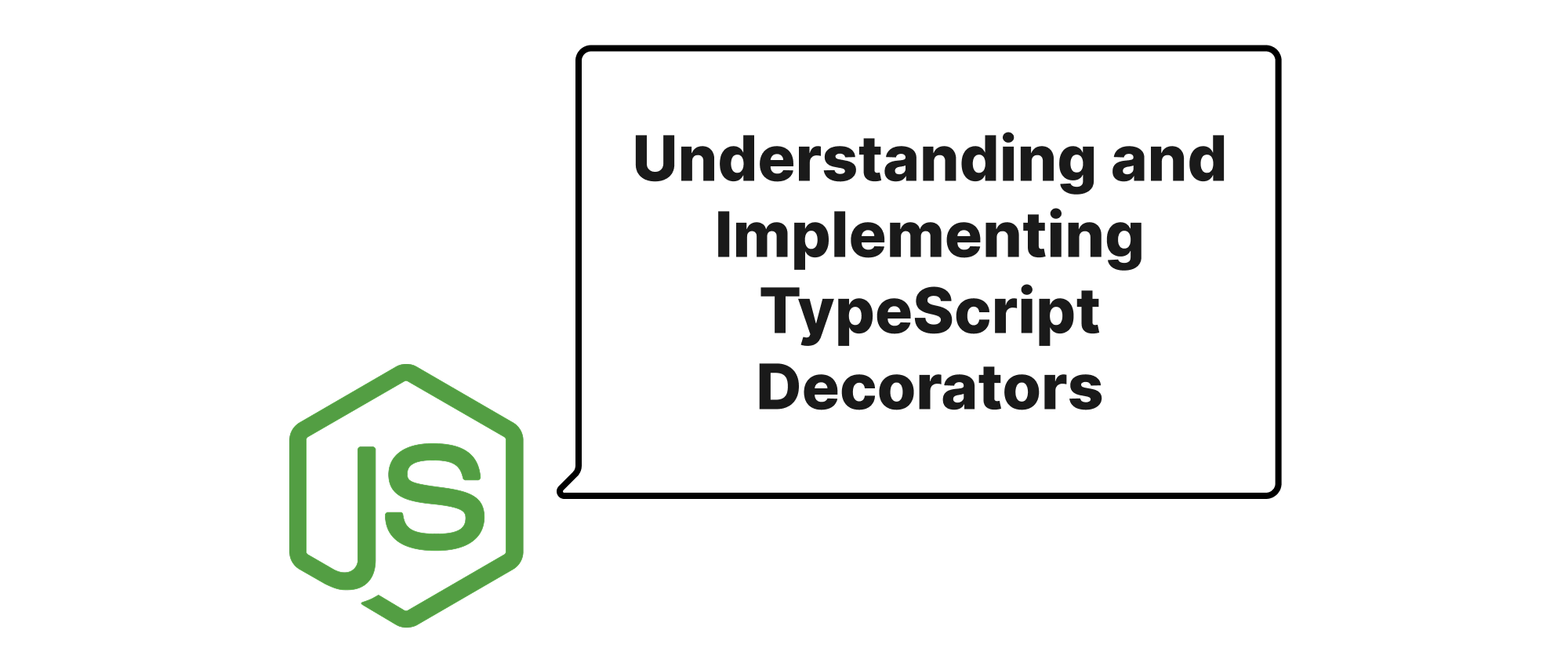
Understanding and Implementing TypeScript Decorators for Enhanced Code Patterns
This article delves into the principles of TypeScript decorators, exploring their implementation and practical applications in scenarios like logging and access control, providing comprehensive code examples.
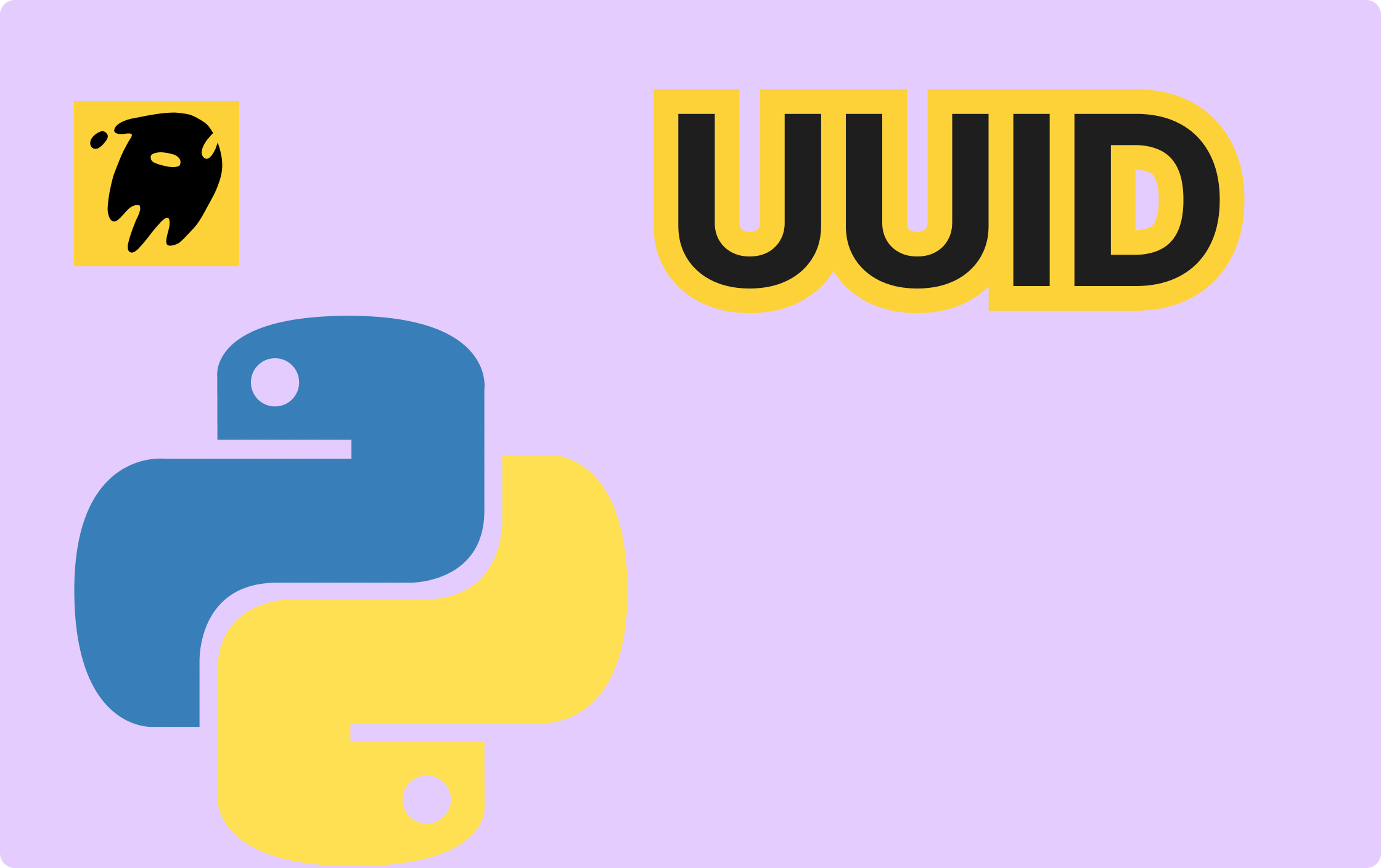
Why UUIDs Almost Never Collide: A Python Deep Dive
UUID is an exquisite unique identifier generation scheme. It ensures that identifiers generated in distributed systems almost never repeat through a huge space, well-designed randomness, and the combination of time and space.
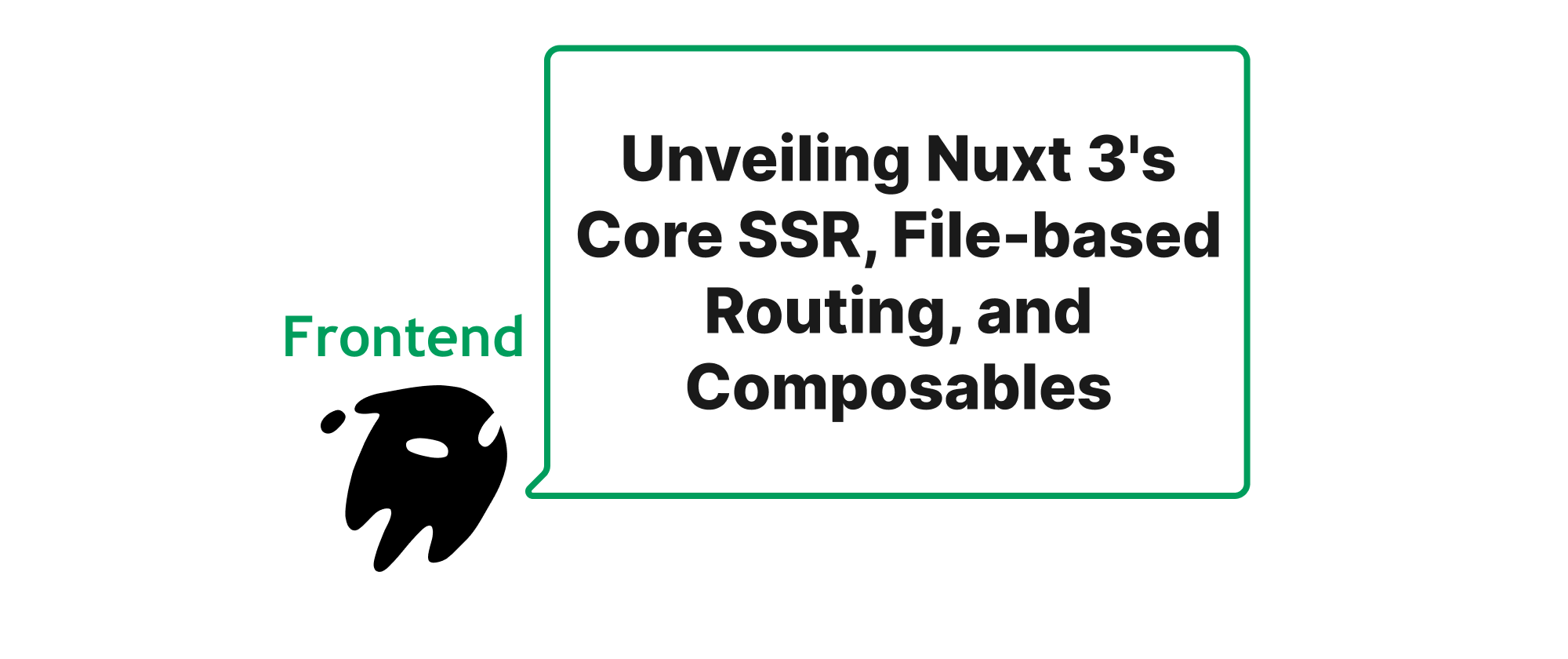
Unveiling Nuxt 3's Core SSR, File-based Routing, and Composables
This article delves into the foundational elements of Nuxt 3 – Server-Side Rendering (SSR), its intuitive file-based routing system, and the powerful composables architecture, showcasing their combined power for modern web development.
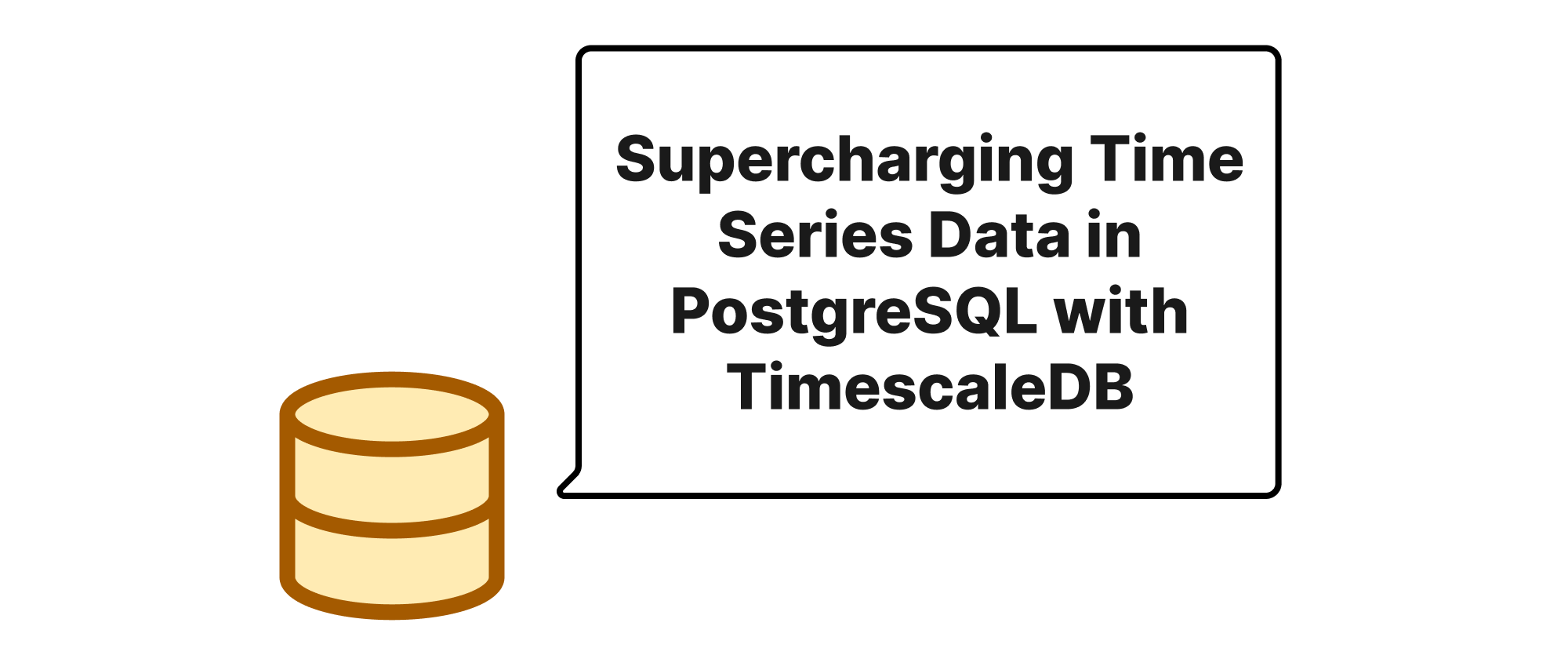
Supercharging Time Series Data in PostgreSQL with TimescaleDB
Explore how TimescaleDB transforms PostgreSQL into a high-performance time series database, enabling efficient storage and lightning-fast queries for your critical time-stamped data.
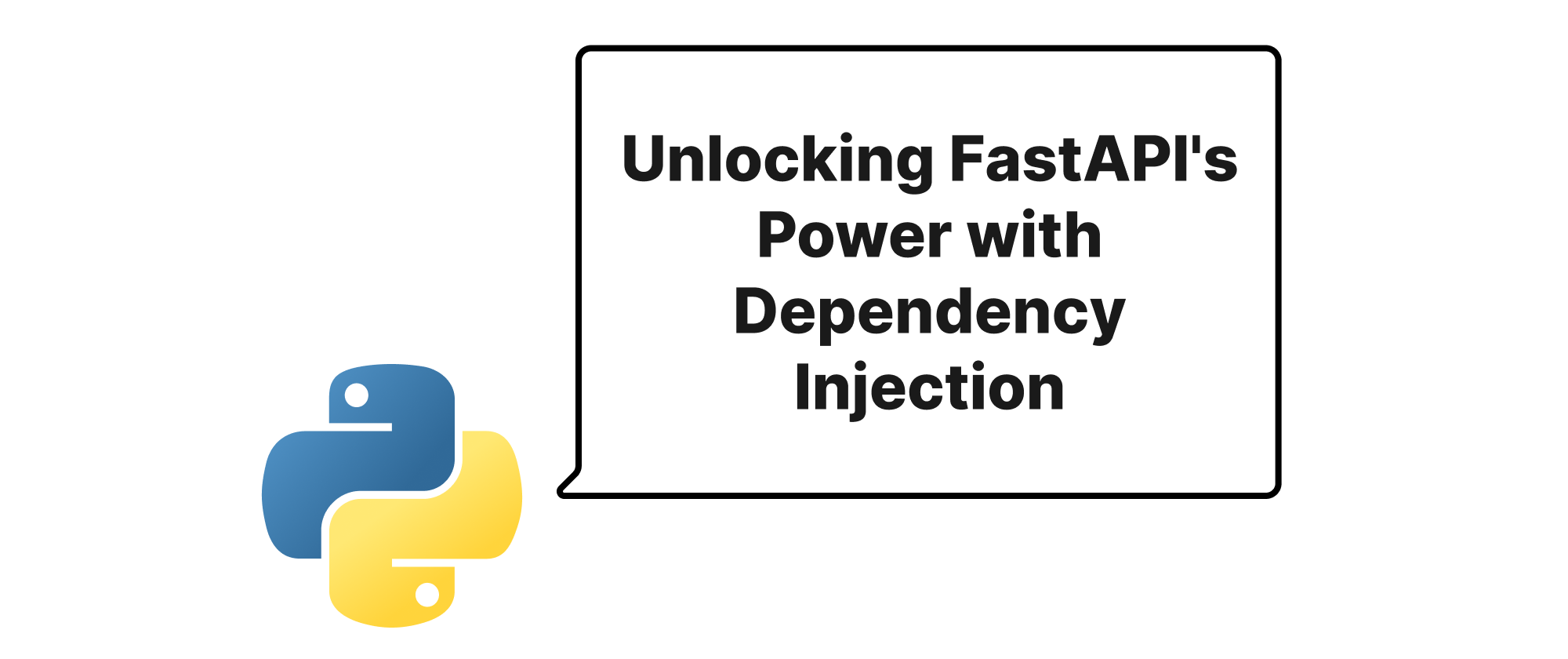
Unlocking FastAPI's Power with Dependency Injection
A deep dive into FastAPI's dependency injection system, exploring its mechanics, practical applications, and effective testing strategies.
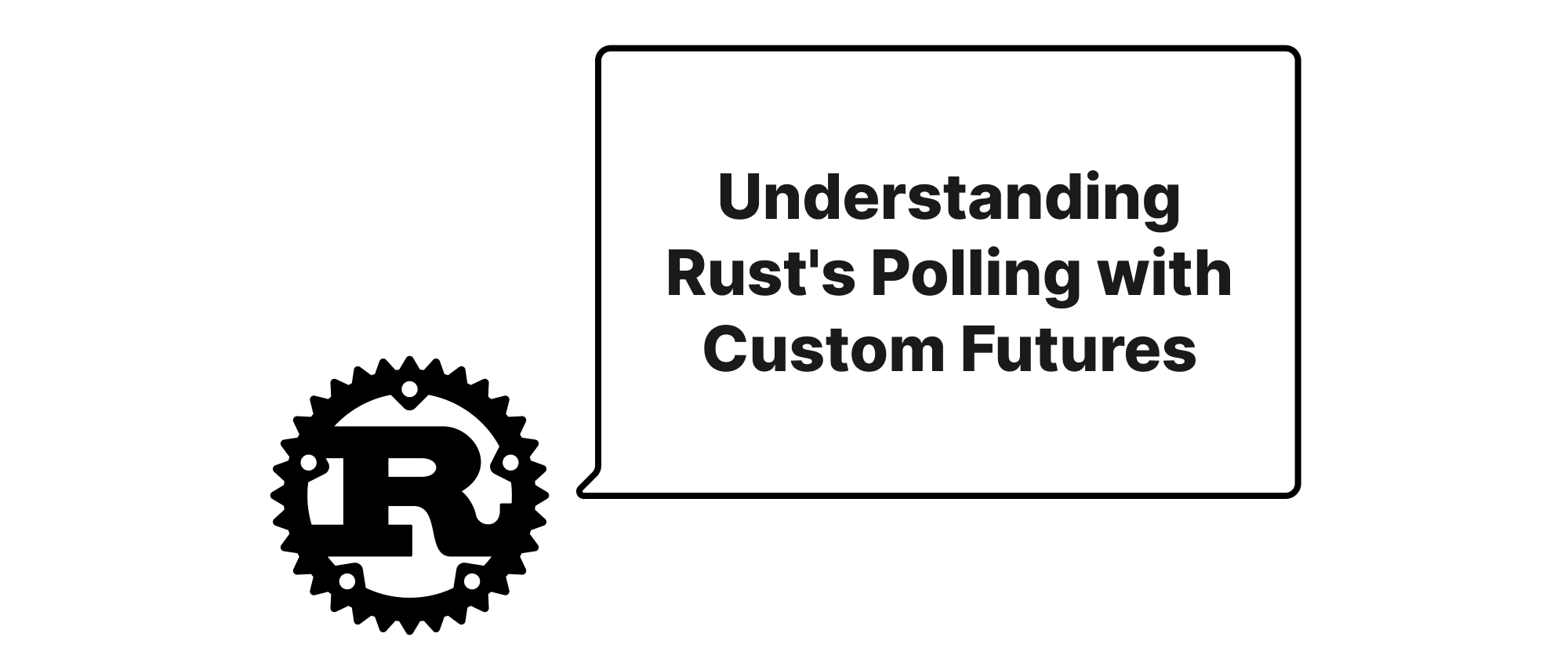
Understanding Rust's Polling with Custom Futures
This article delves into the core of Rust's asynchronous programming by demonstrating how to write custom Futures, providing a deep understanding of their polling mechanism and its practical implications.
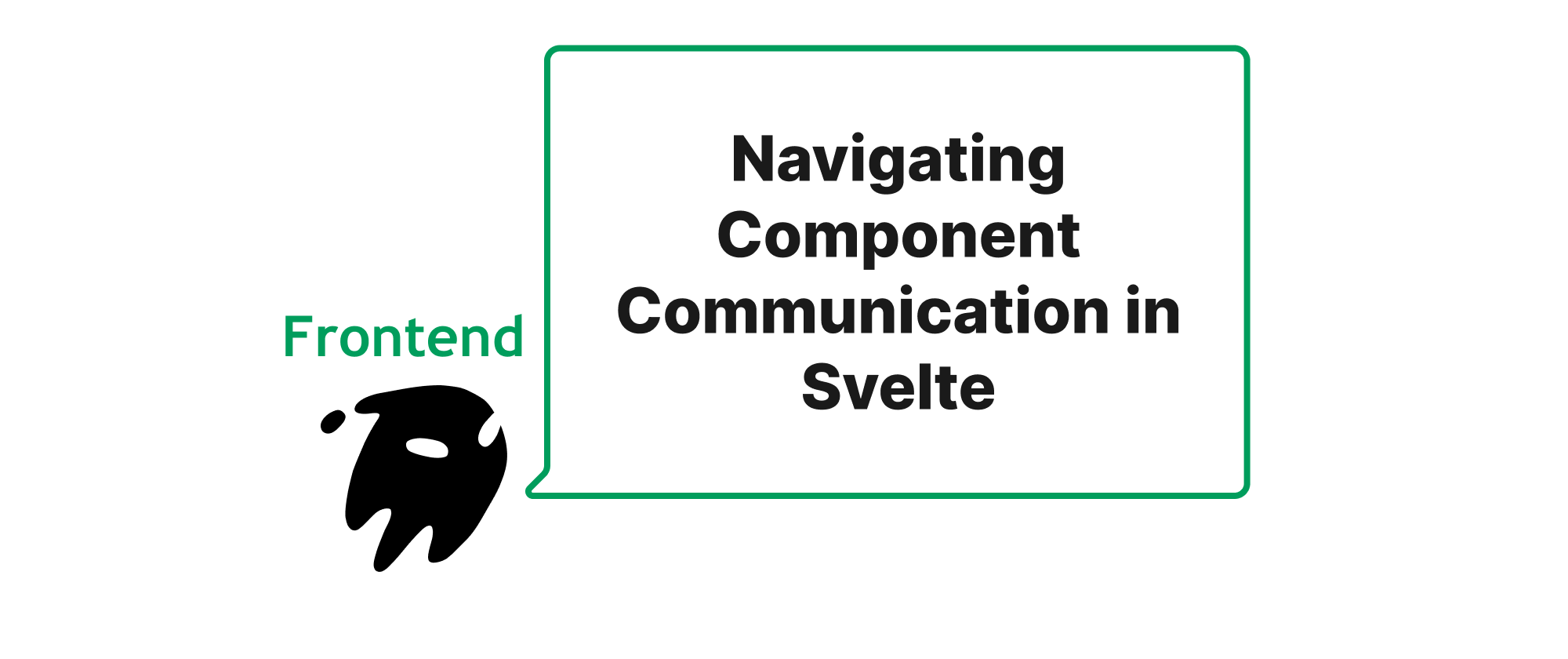
Navigating Component Communication in Svelte
Exploring different Svelte communication strategies – props, context, stores, and events – for effective state management and interaction between components.
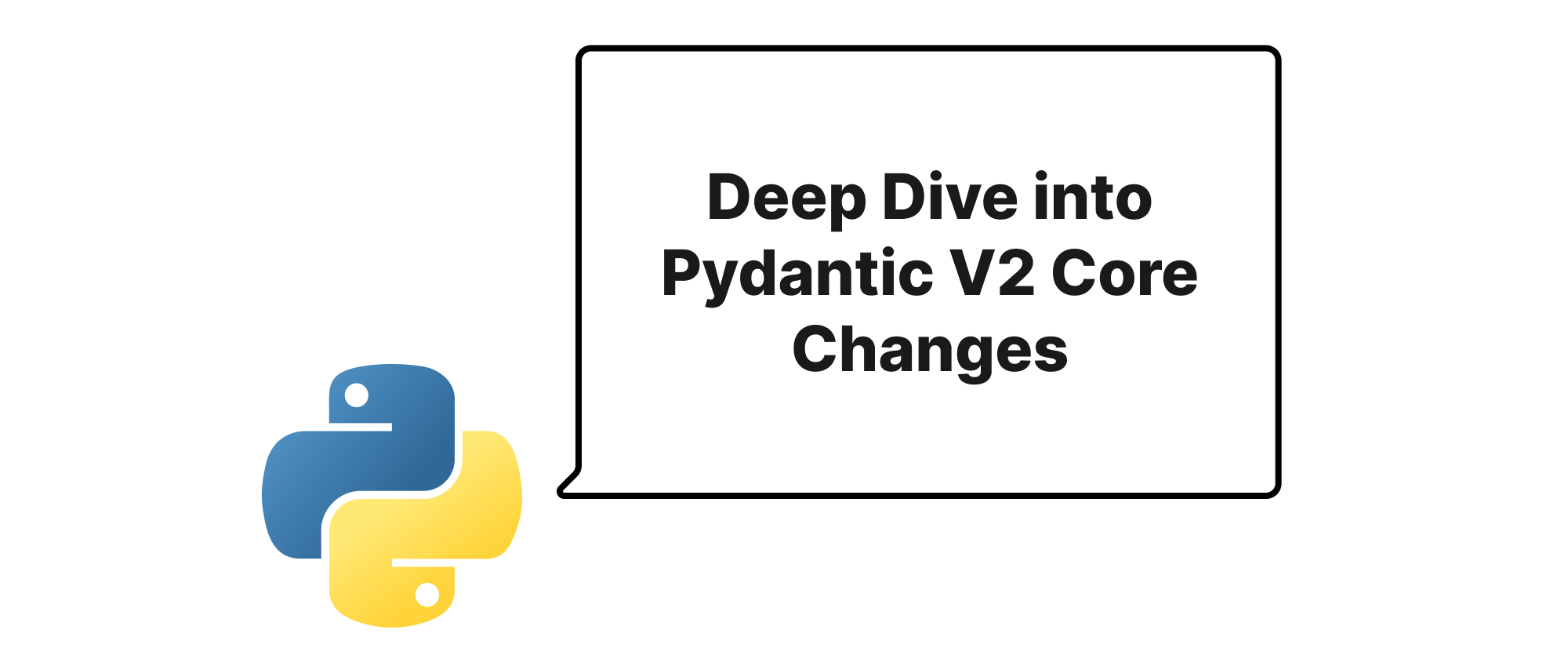
Deep Dive into Pydantic V2 Core Changes
Exploring the significant advancements in Pydantic V2, focusing on performance boosts, strict mode, and enhanced JSON Schema generation for robust data validation.
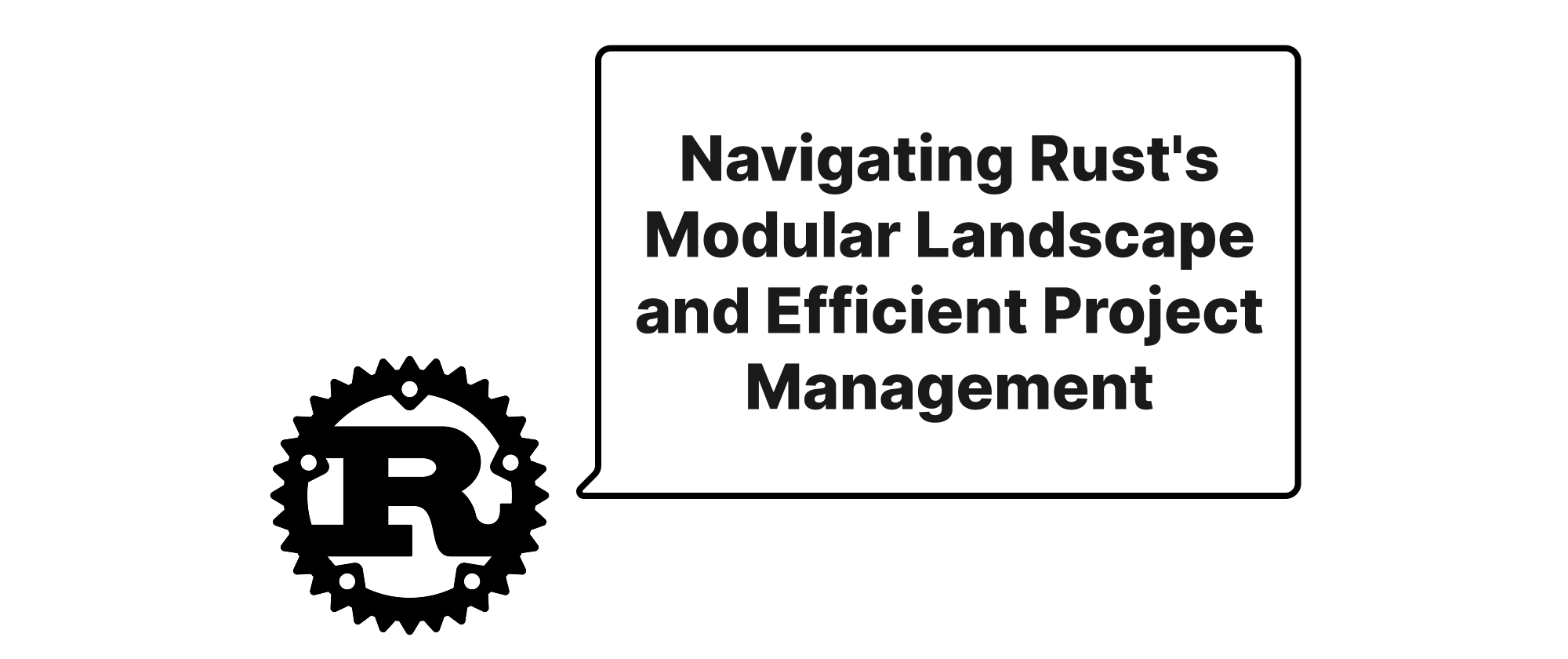
Navigating Rust's Modular Landscape and Efficient Project Management
Explore Rust's `mod`, `use`, `super` for code organization and master `Cargo Workspaces` for managing multi-package projects, enhancing maintainability and collaboration.
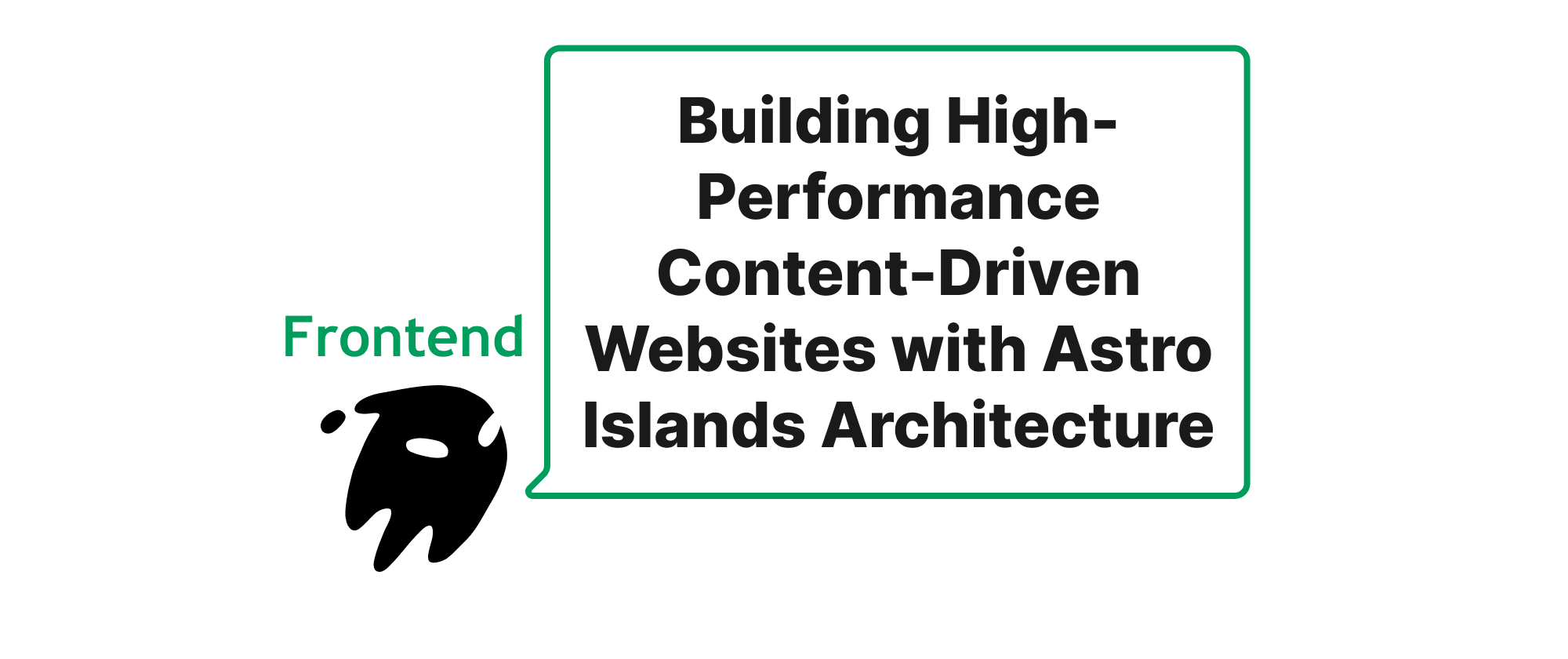
Building High-Performance Content-Driven Websites with Astro Islands Architecture
Explore how Astro's Island Architecture can be leveraged to create exceptionally fast and efficient content-driven websites, focusing on its benefits for user experience and developer productivity.
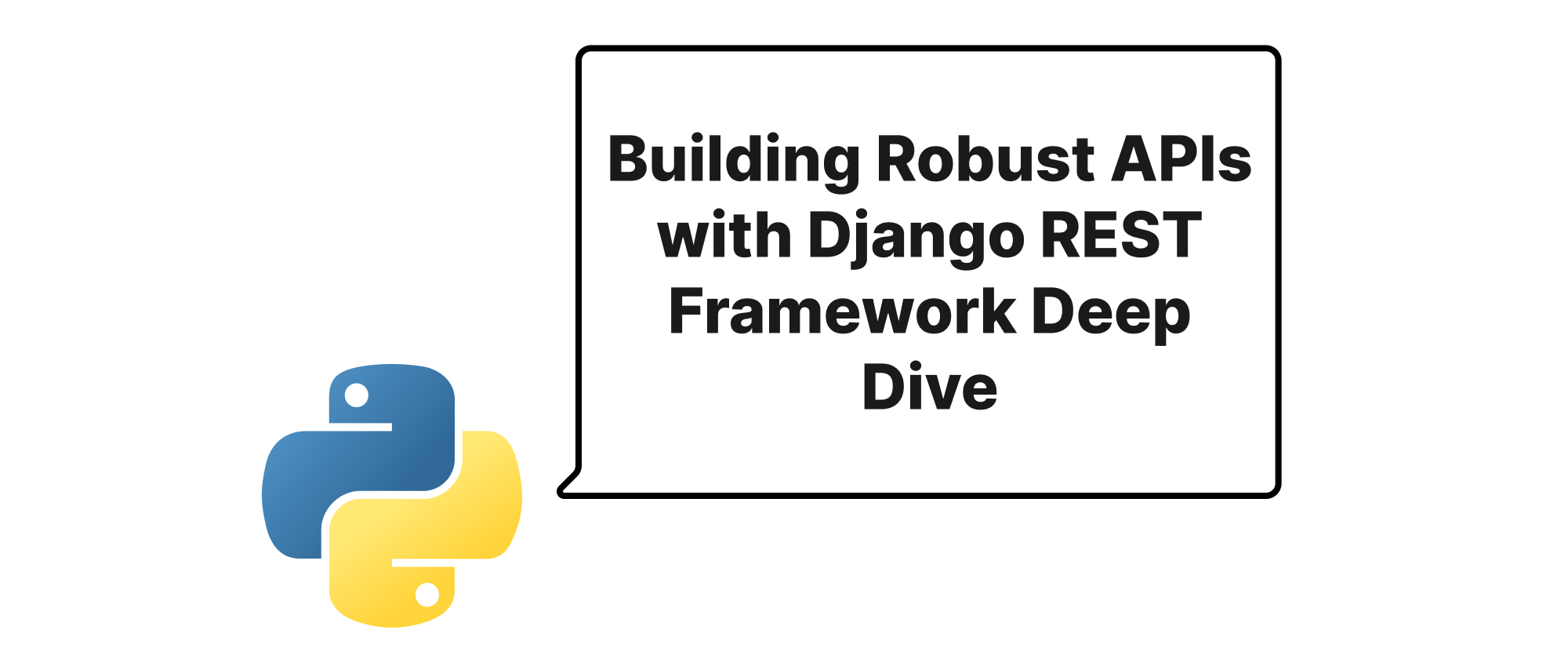
Building Robust APIs with Django REST Framework Deep Dive
Explore the core components of Django REST Framework - serializers, viewsets, and authentication - to build powerful and secure web APIs.
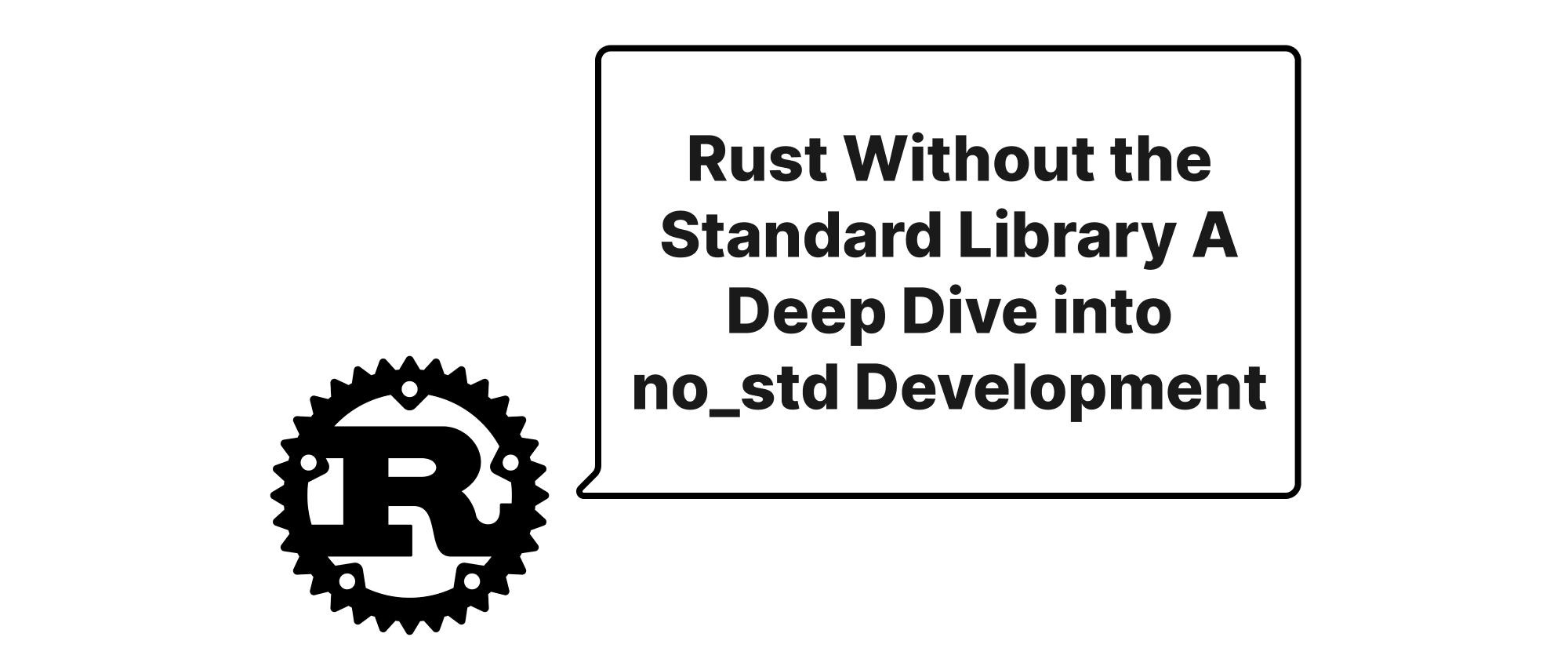
Rust Without the Standard Library A Deep Dive into no_std Development
Explore the world of no_std Rust programming, understanding its core concepts, practical implementations for embedded systems and kernel development, and how to write efficient, resource-constrained Rust code.
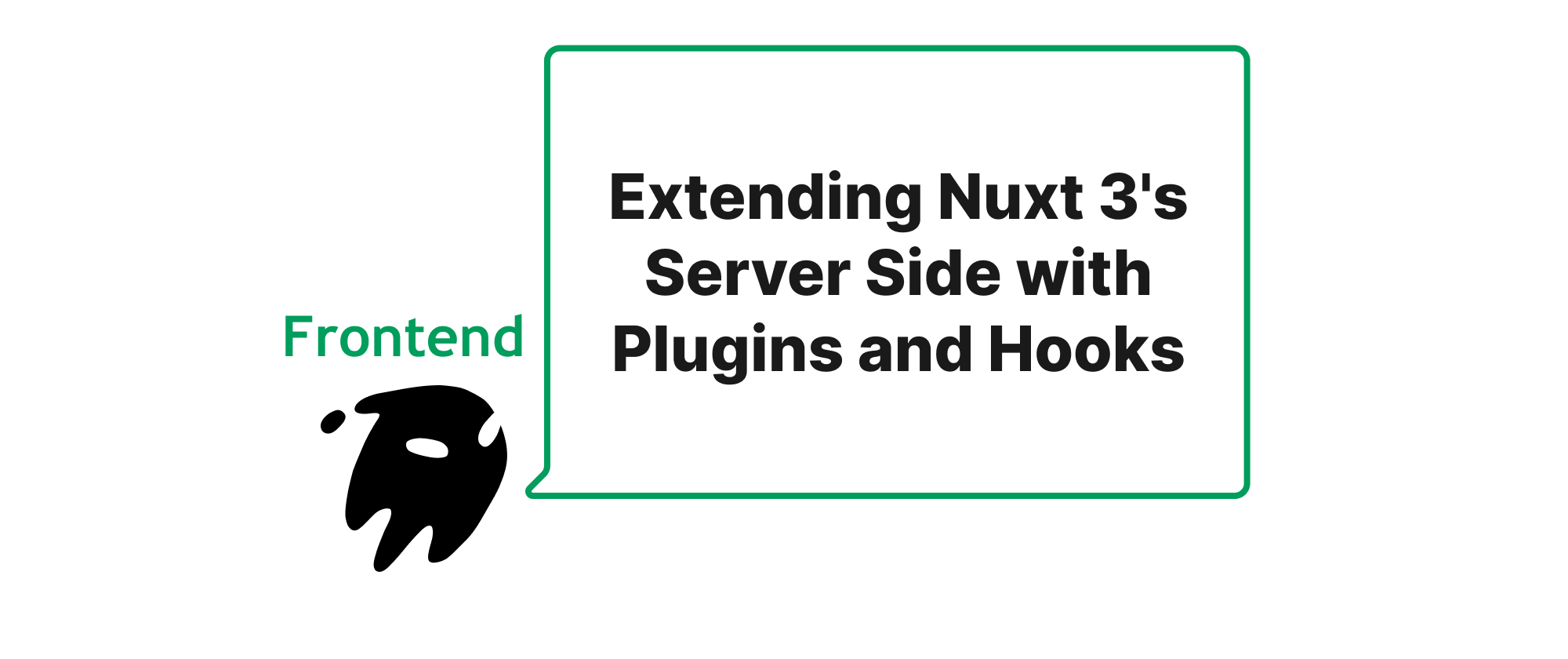
Extending Nuxt 3's Server Side with Plugins and Hooks
Explore how server plugins and hooks in Nuxt 3 empower developers to customize and enhance server-side operations, providing practical examples for various use cases.
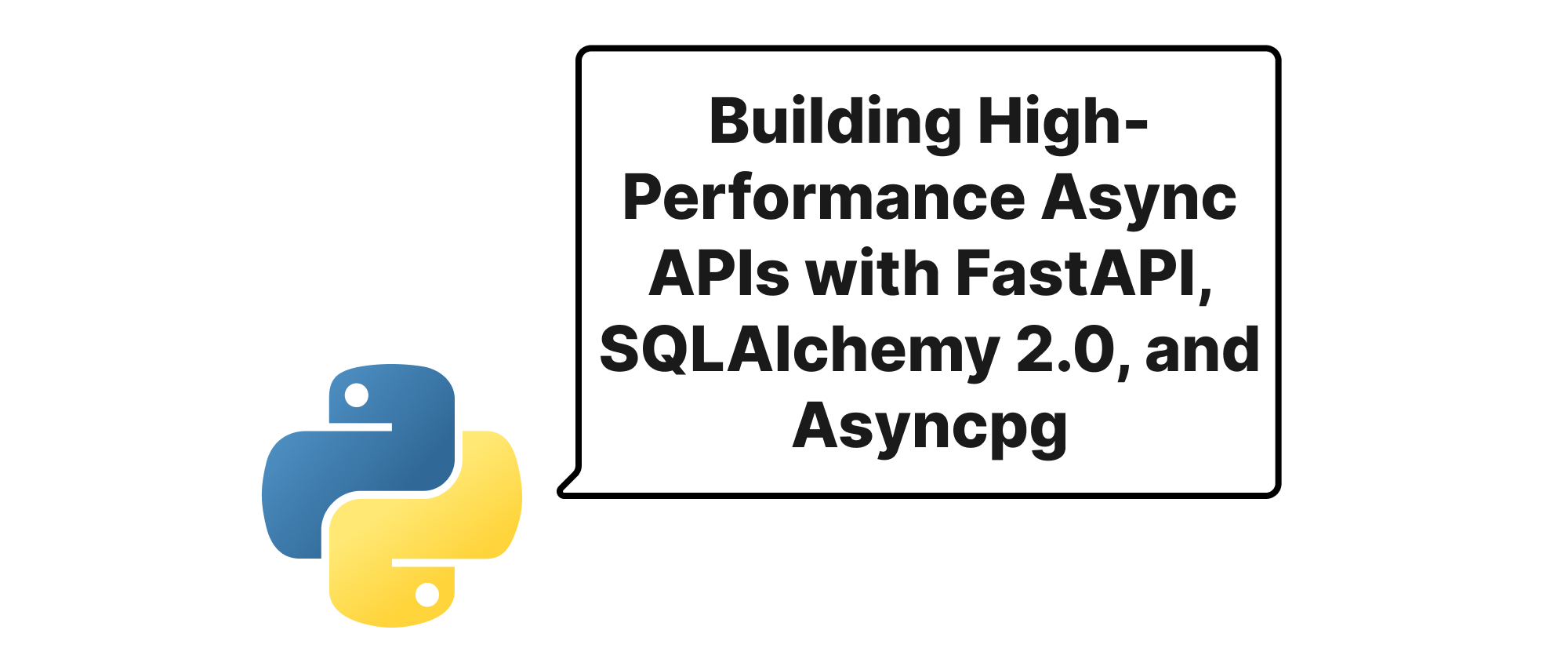
Building High-Performance Async APIs with FastAPI, SQLAlchemy 2.0, and Asyncpg
This article explores how to integrate SQLAlchemy 2.0's asynchronous engine with asyncpg in FastAPI, demonstrating best practices for building scalable and efficient web applications.
